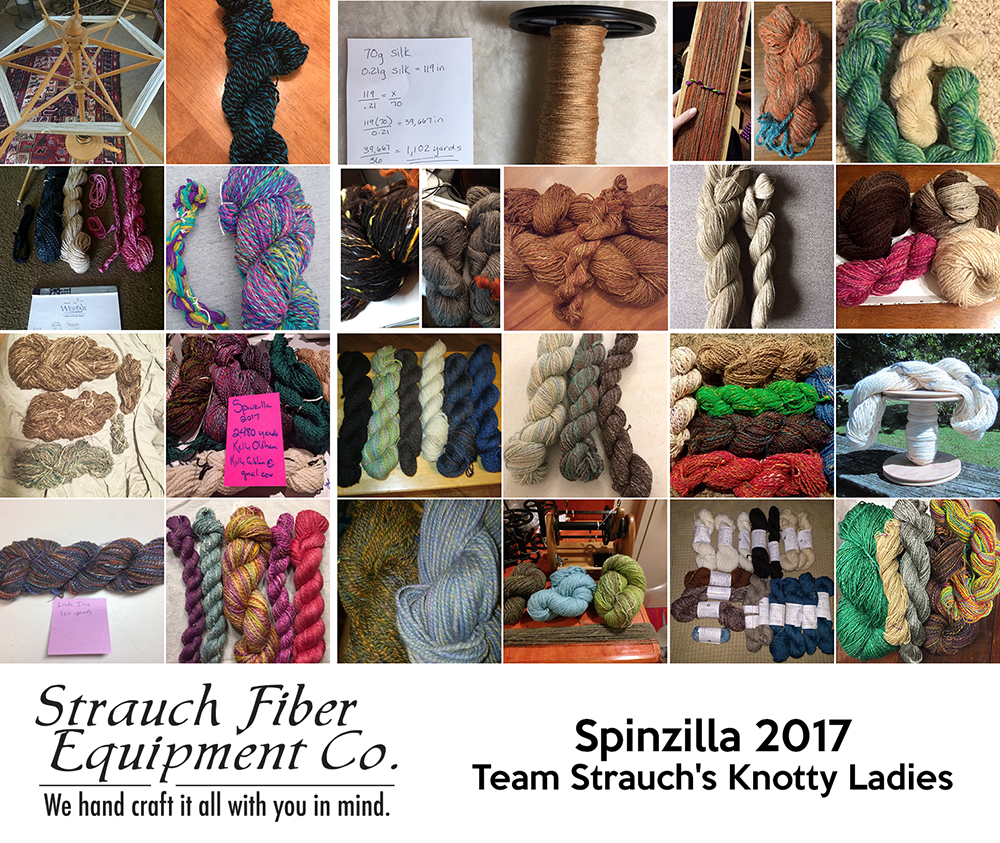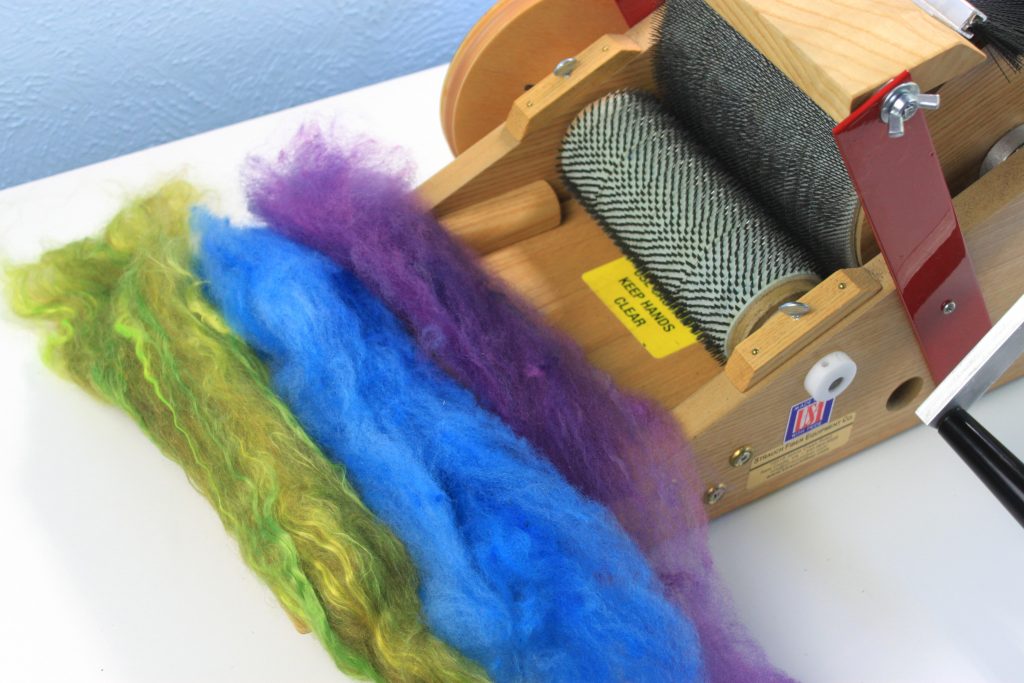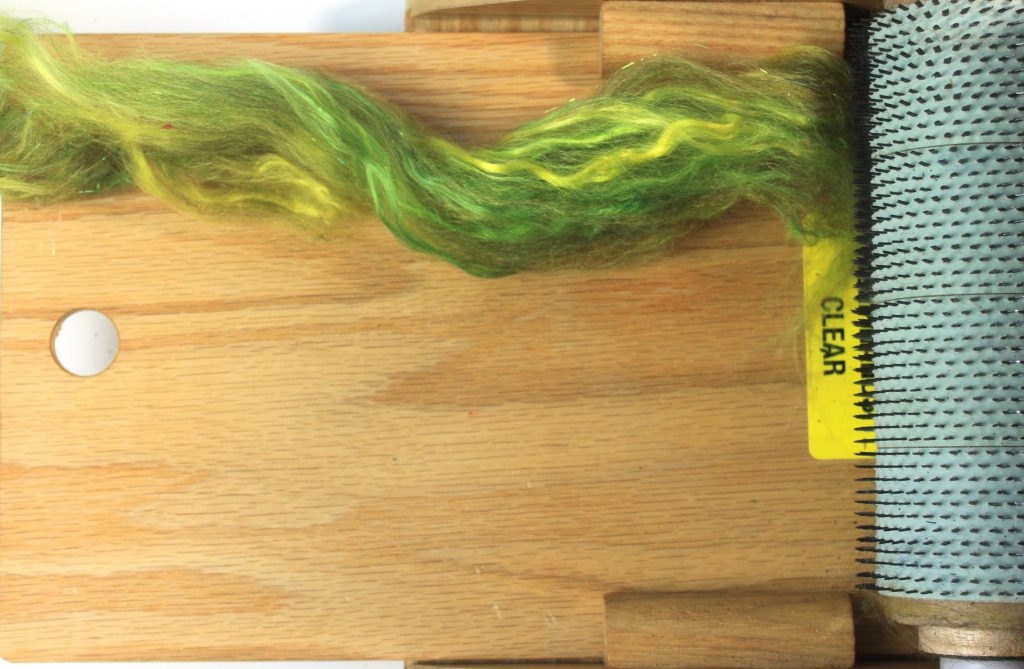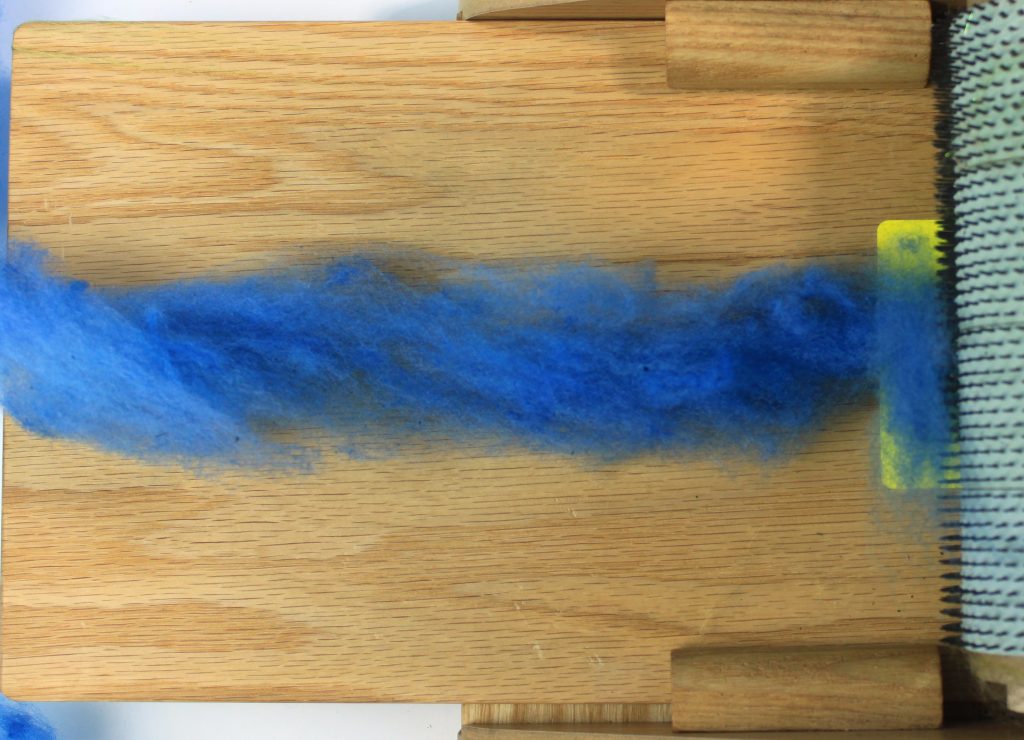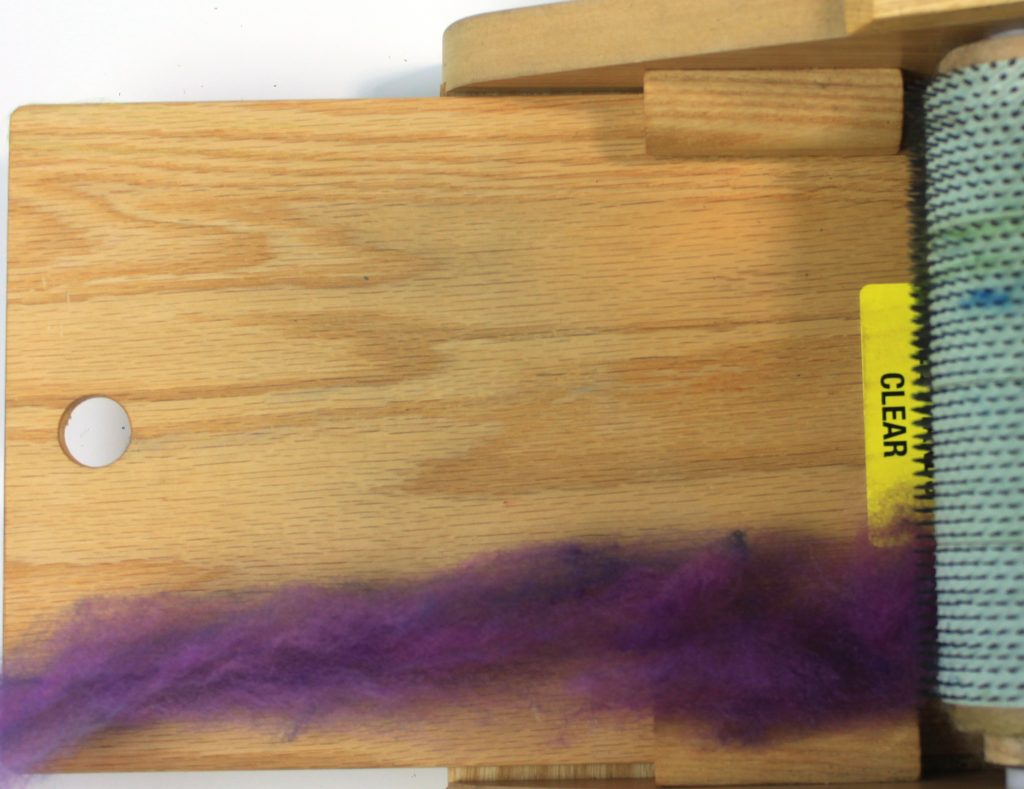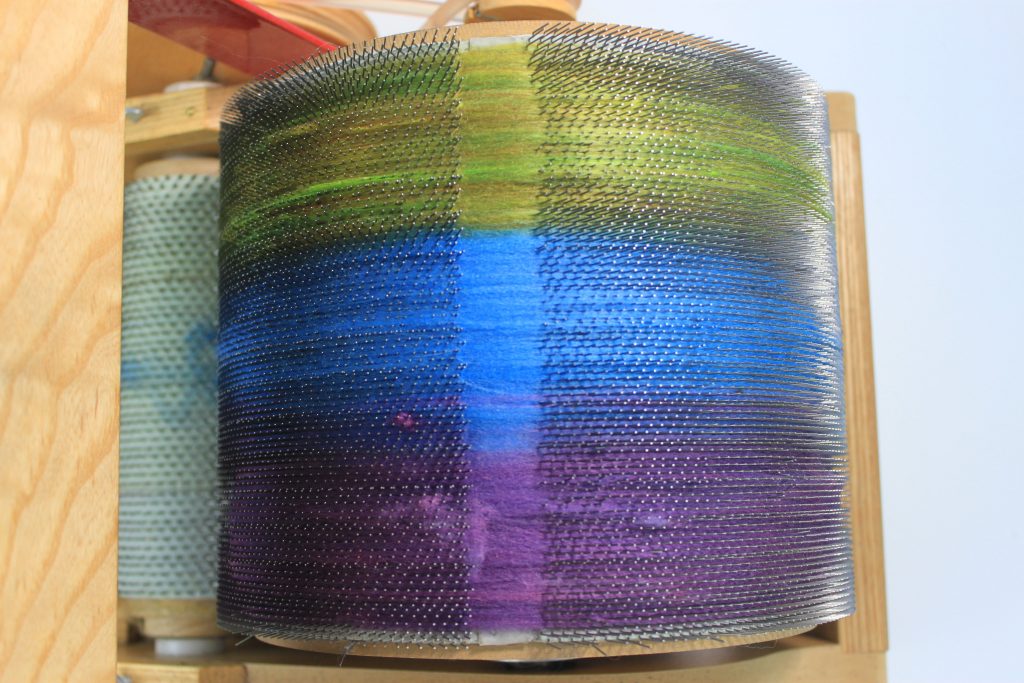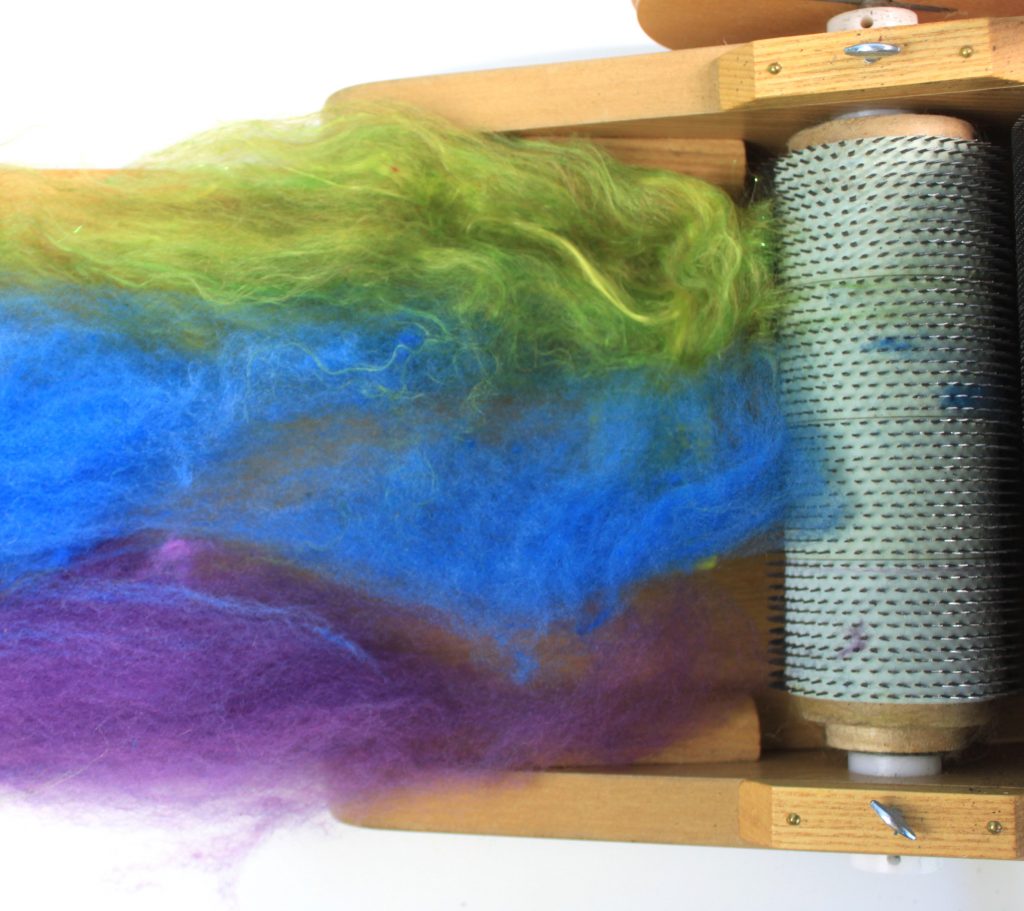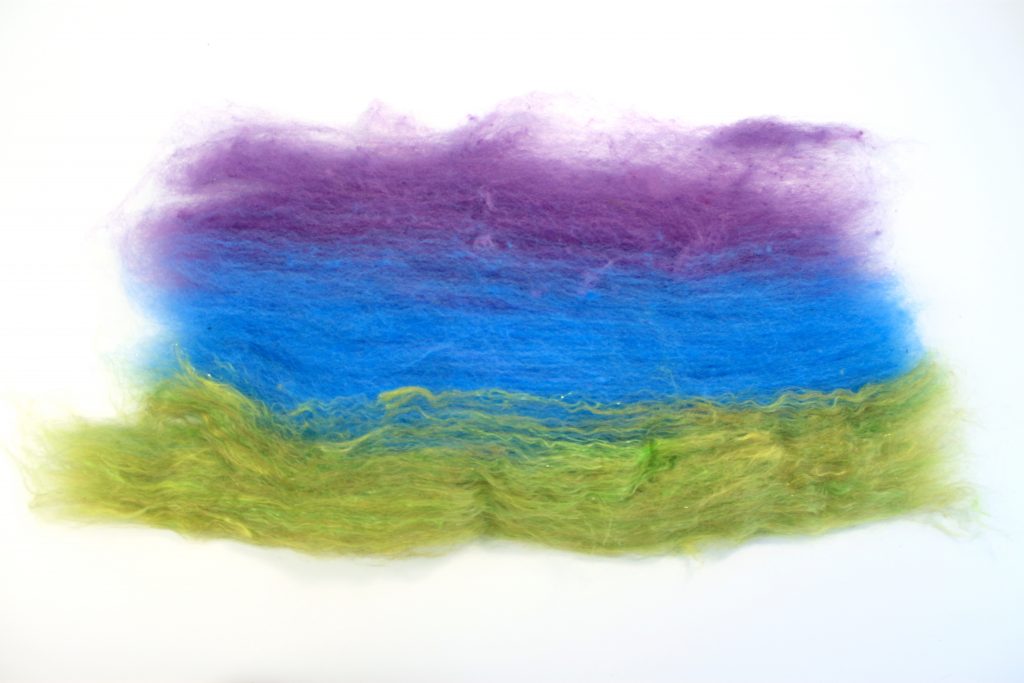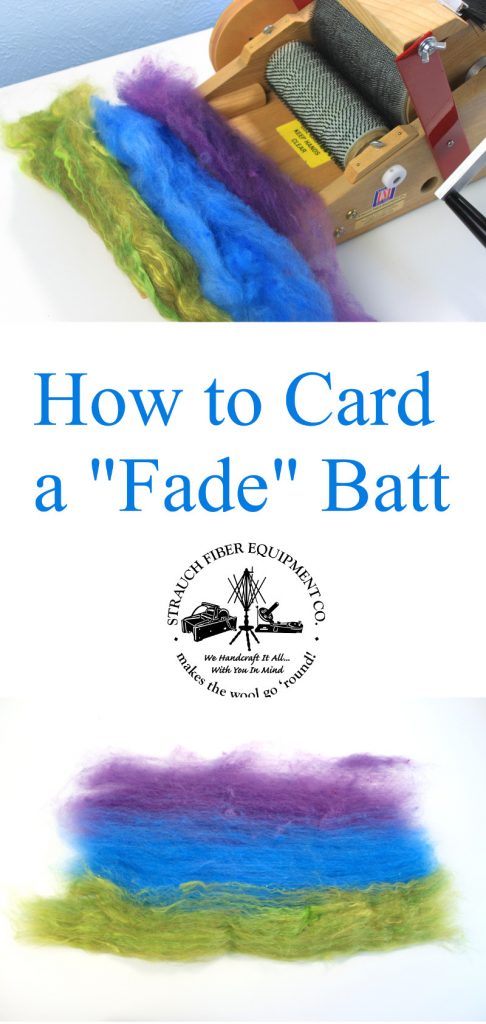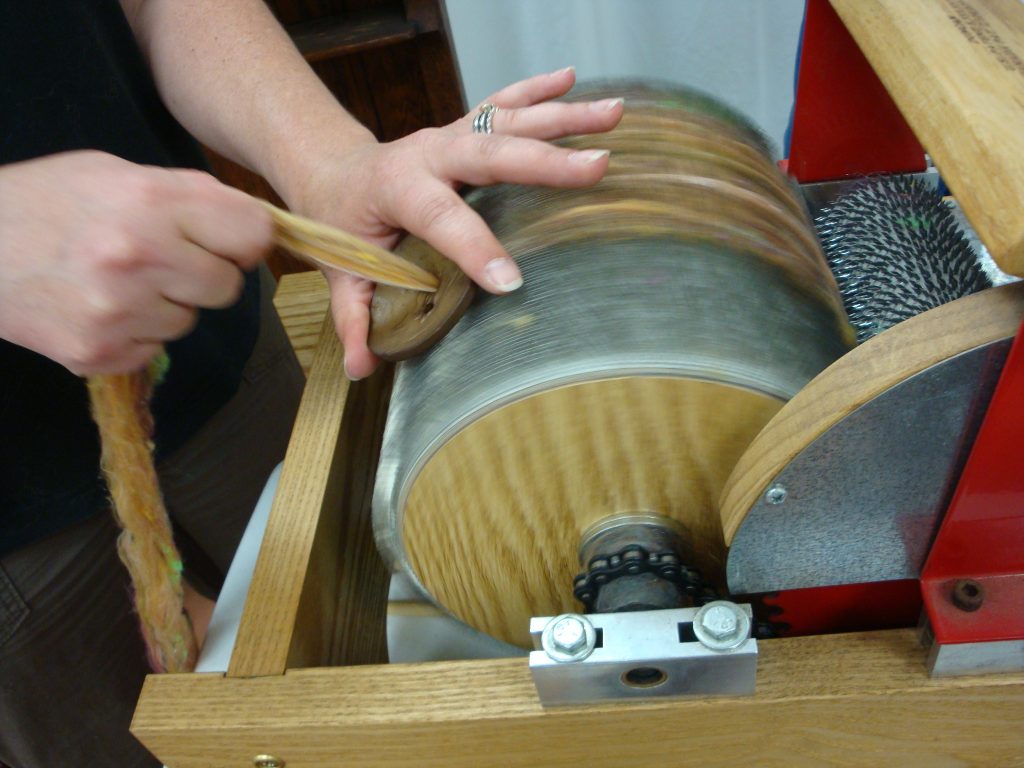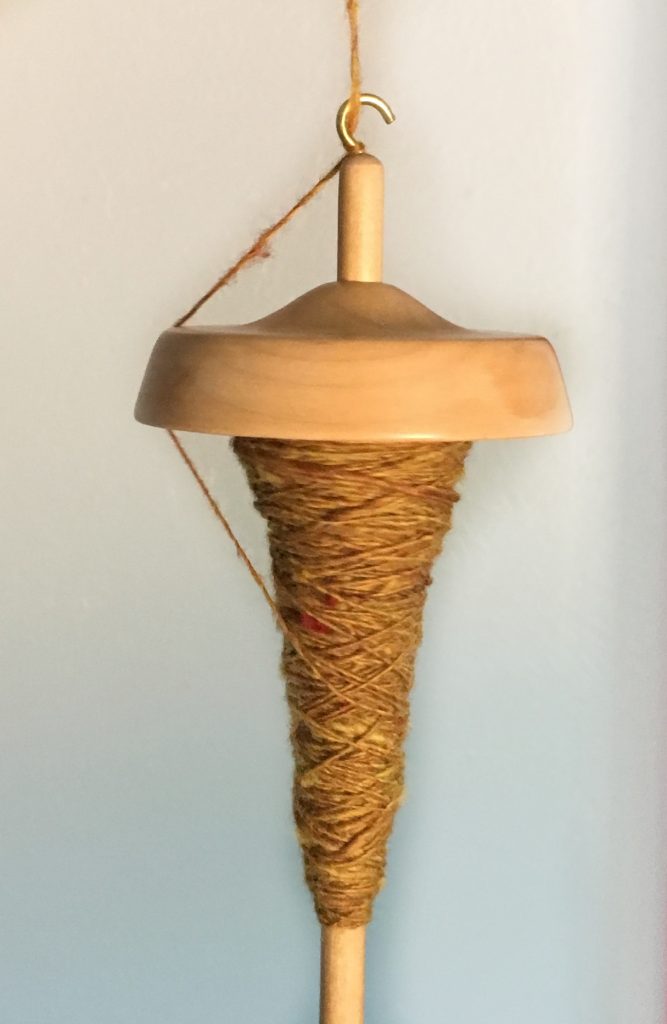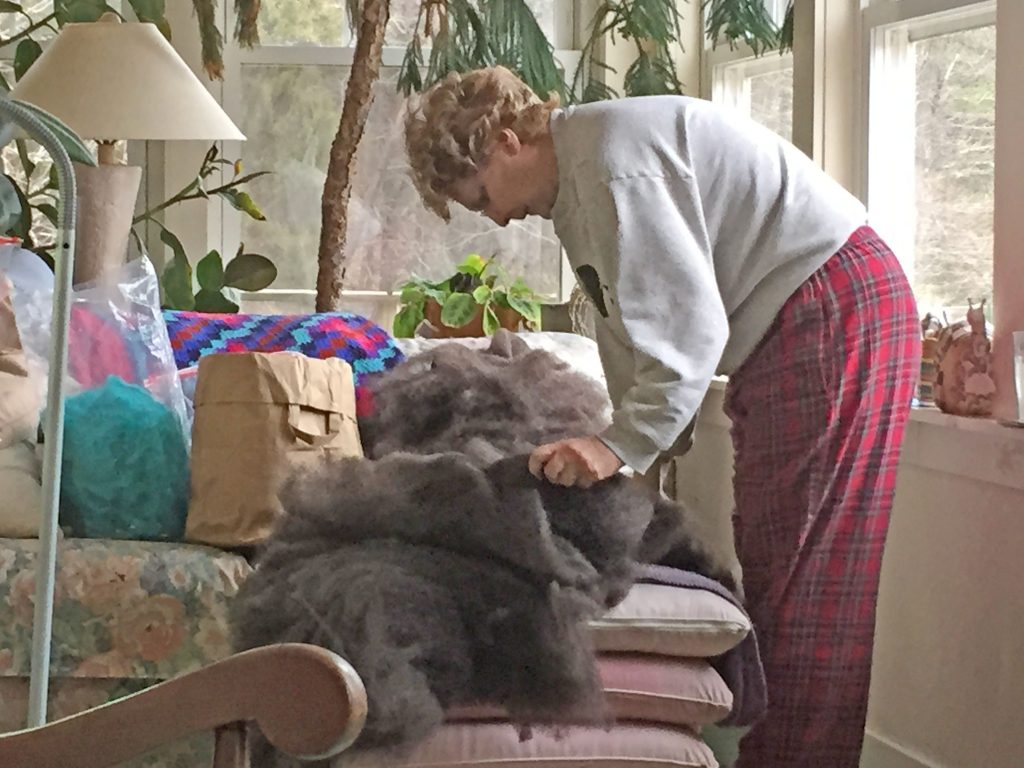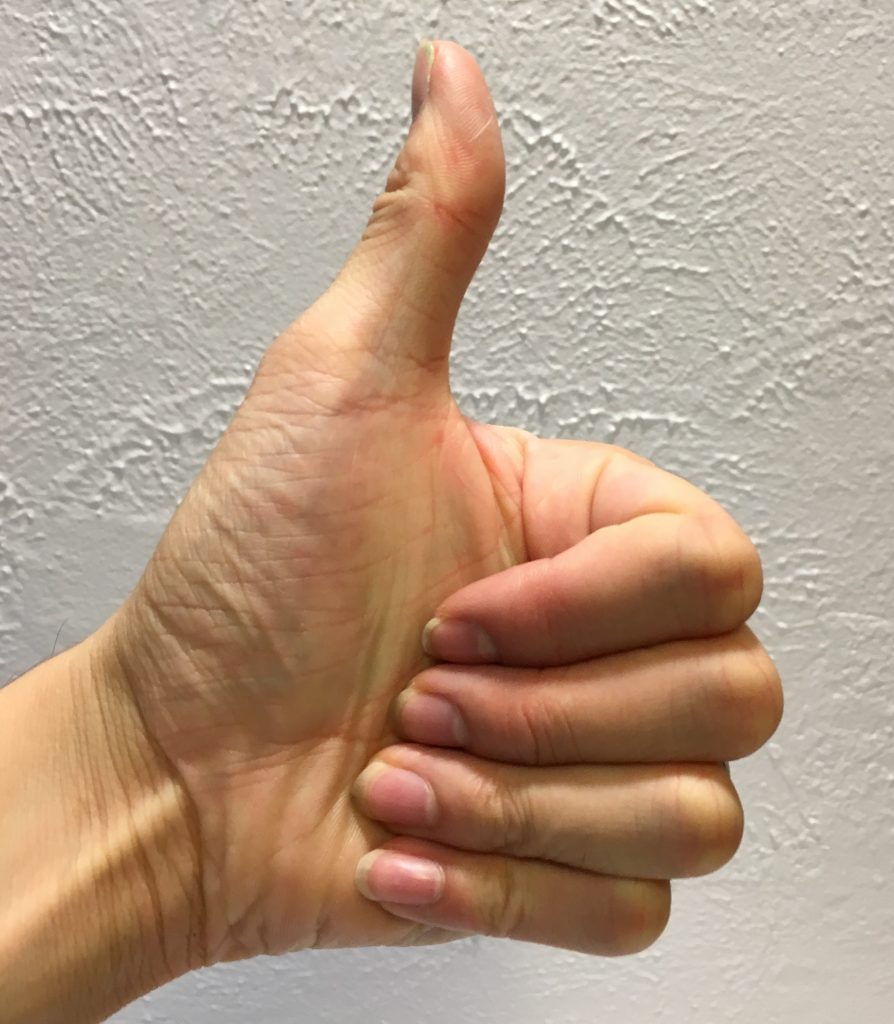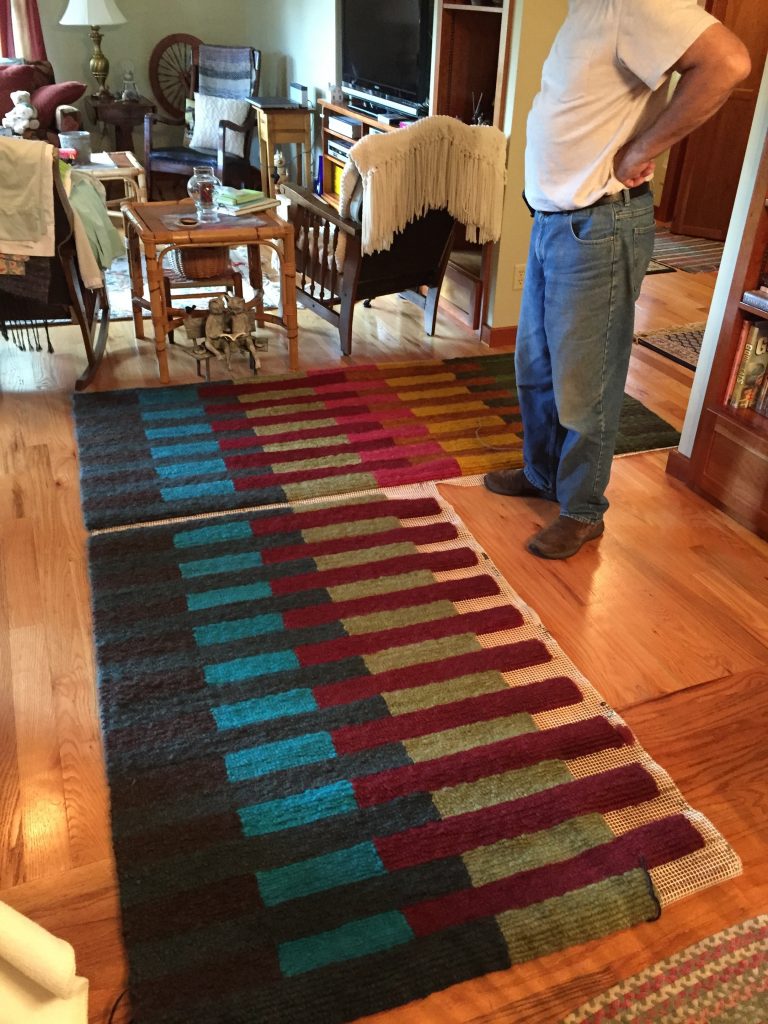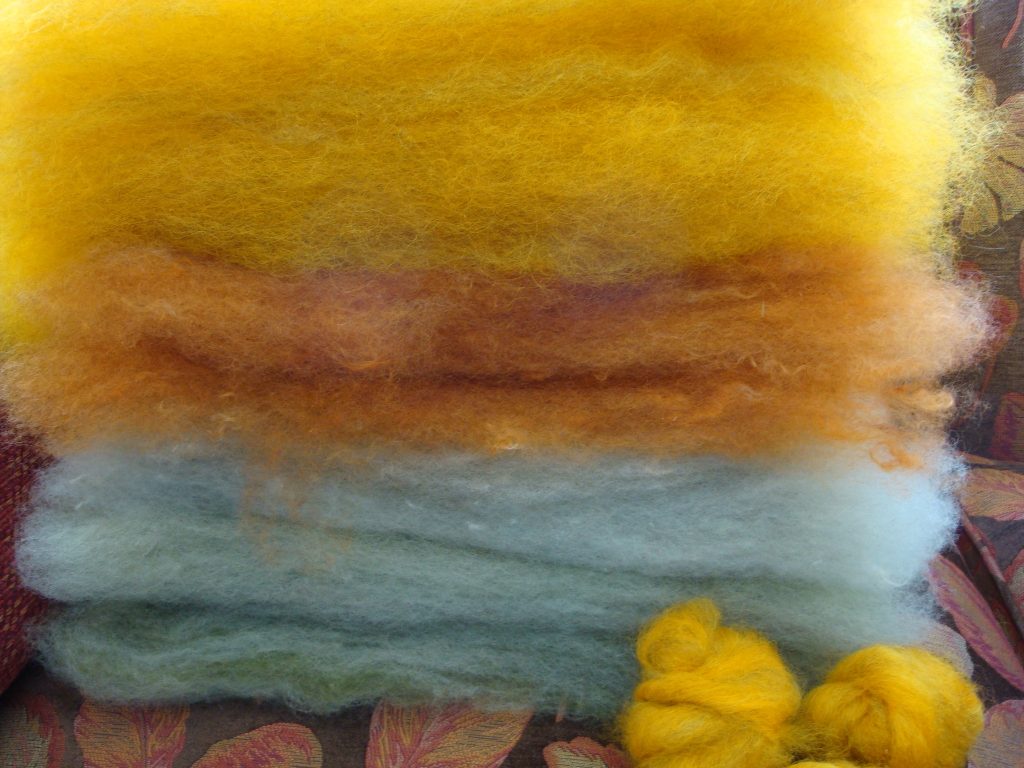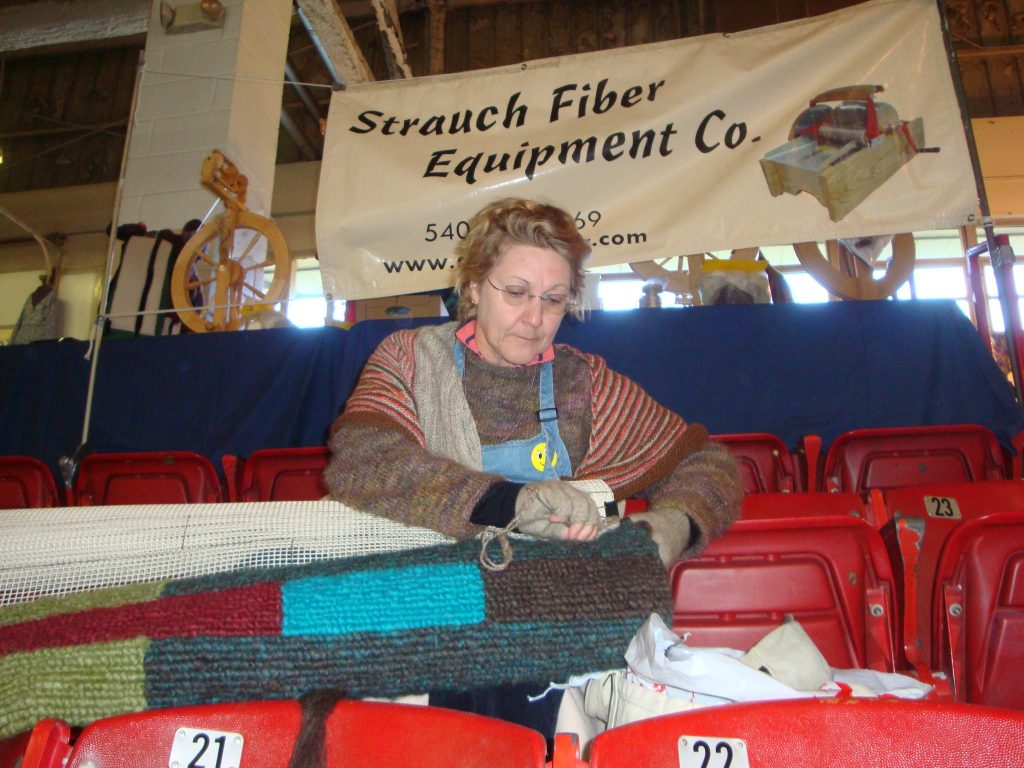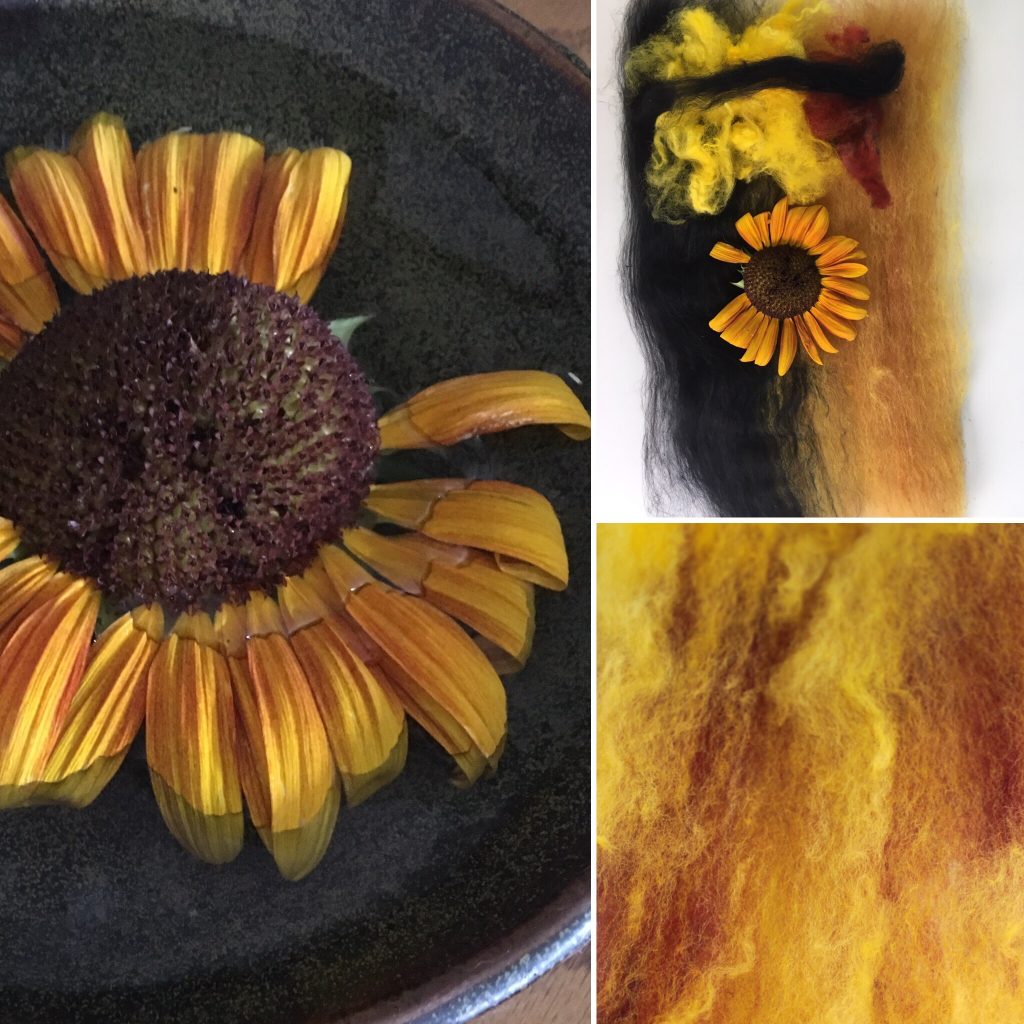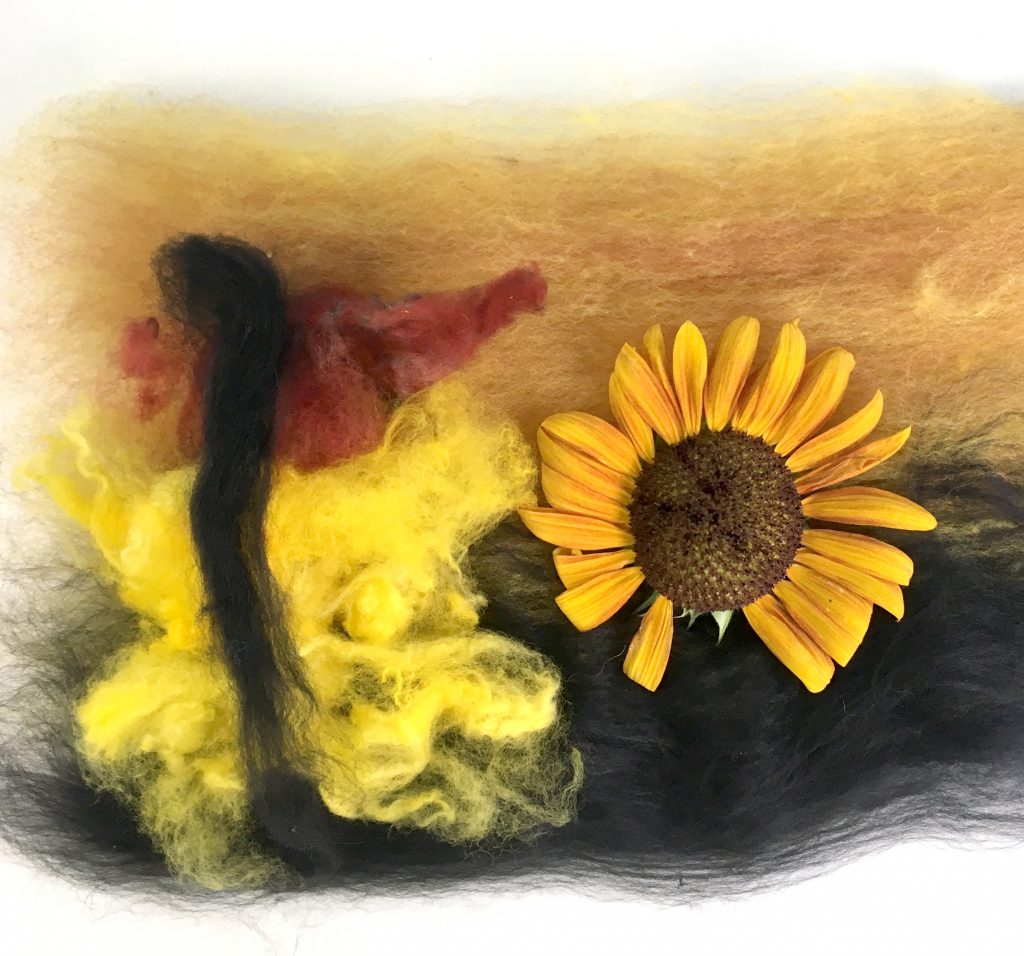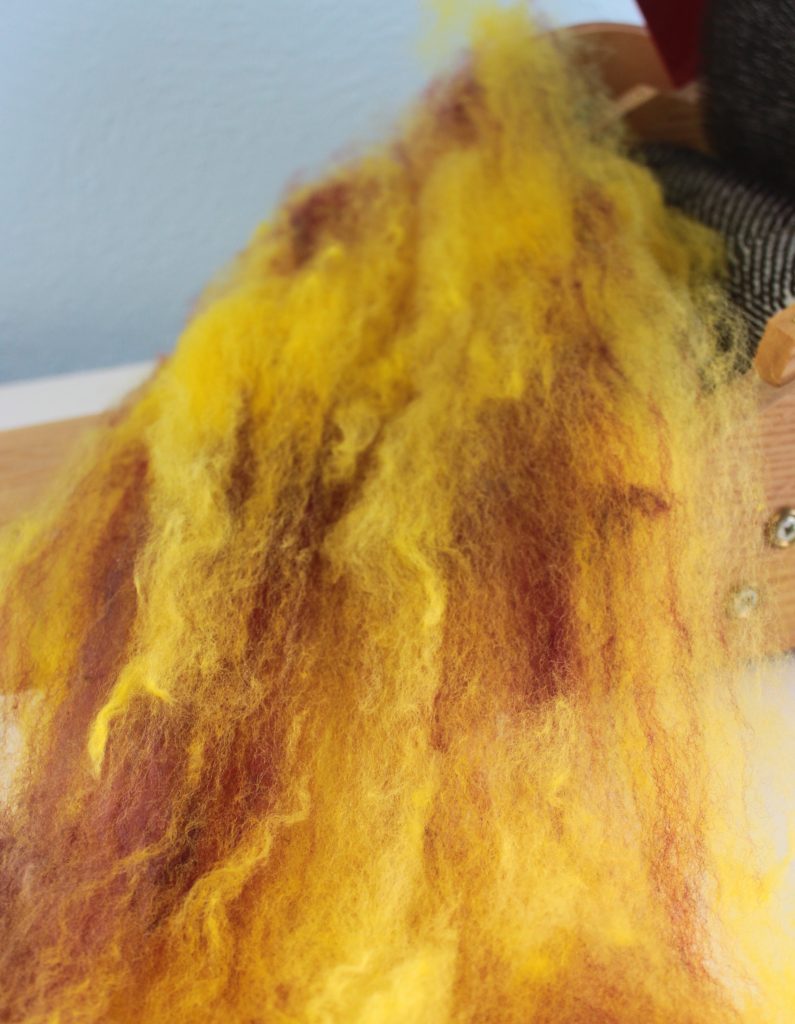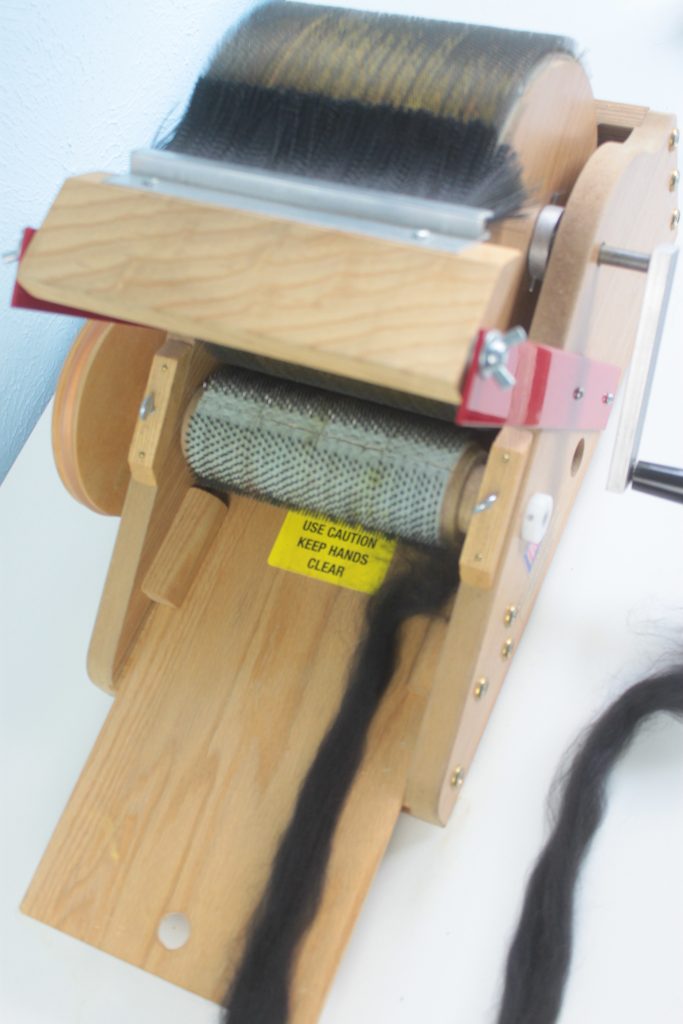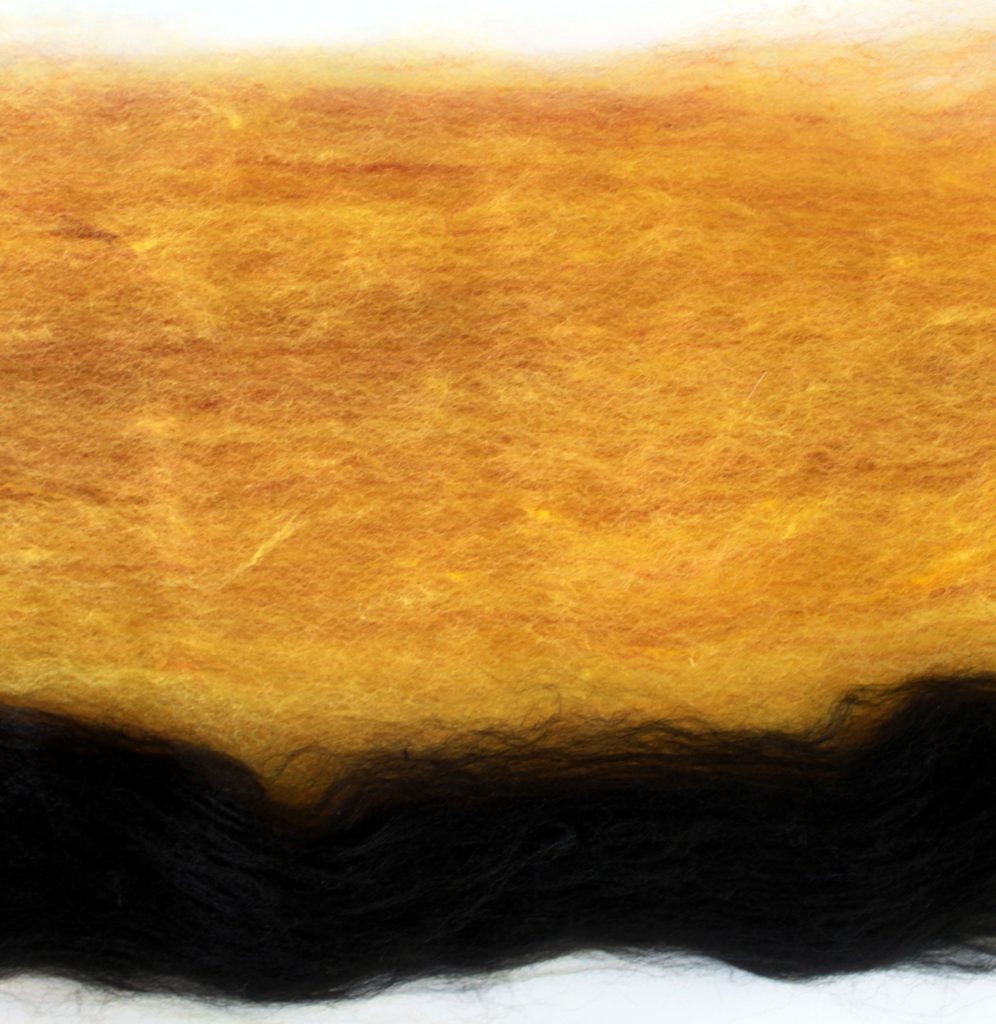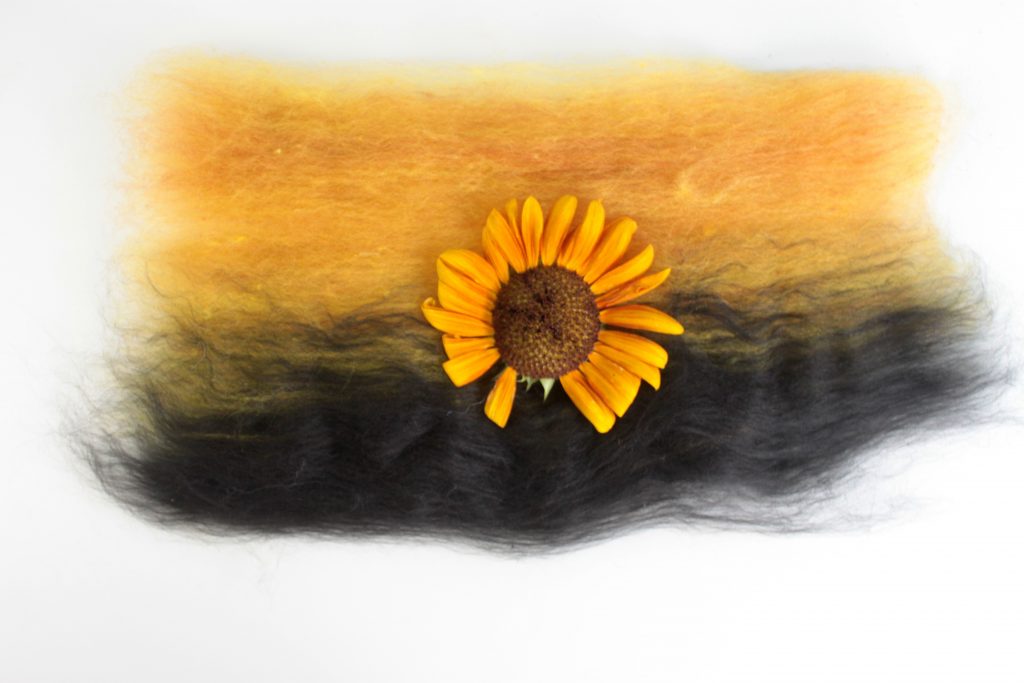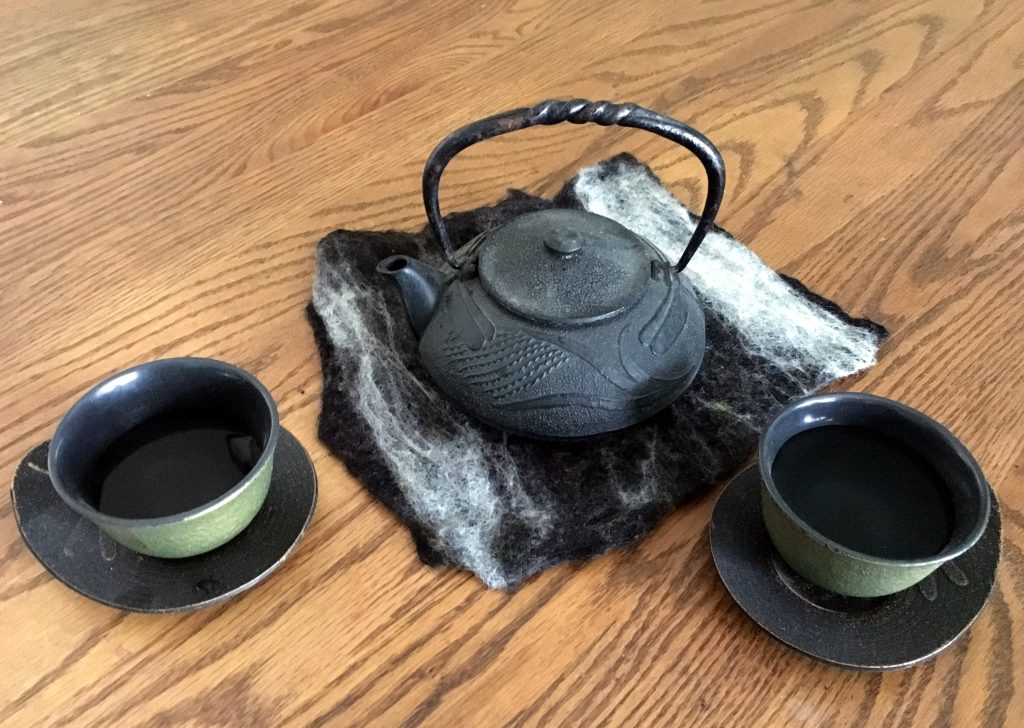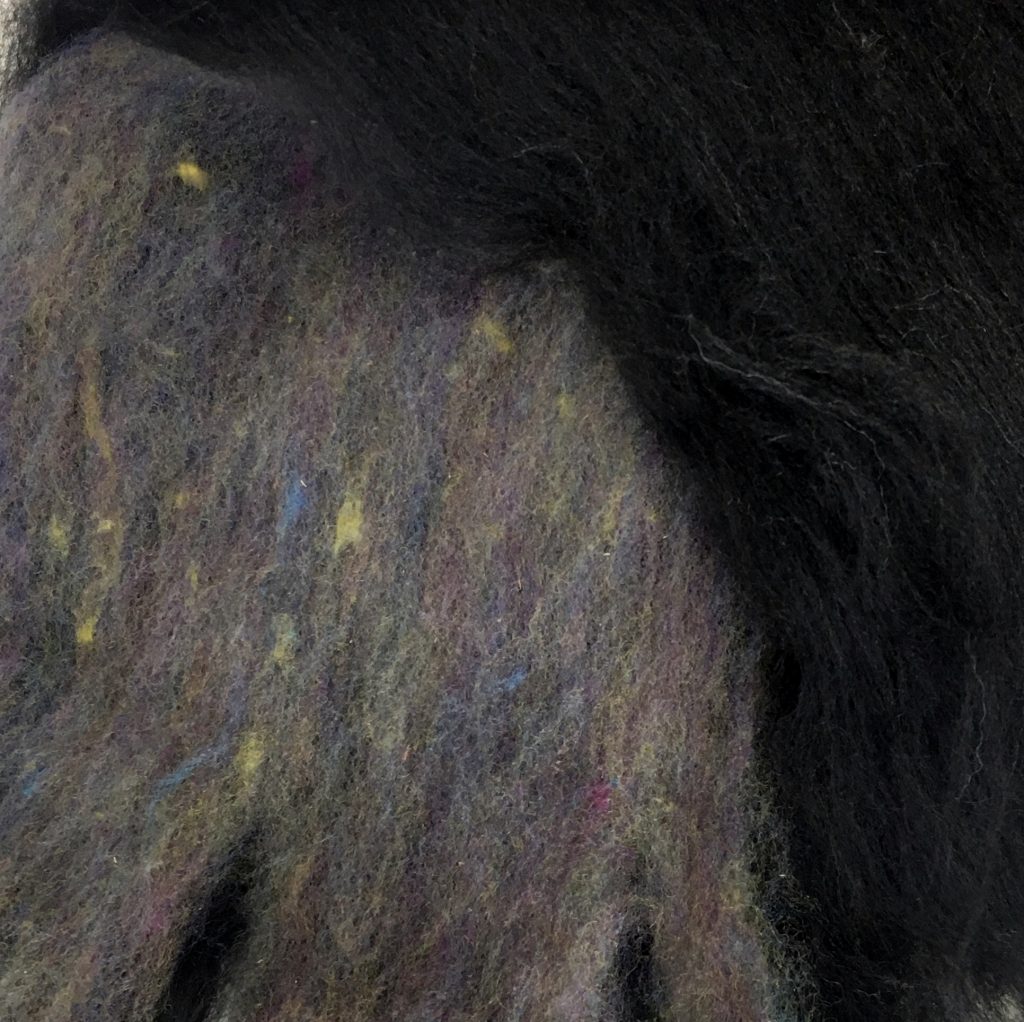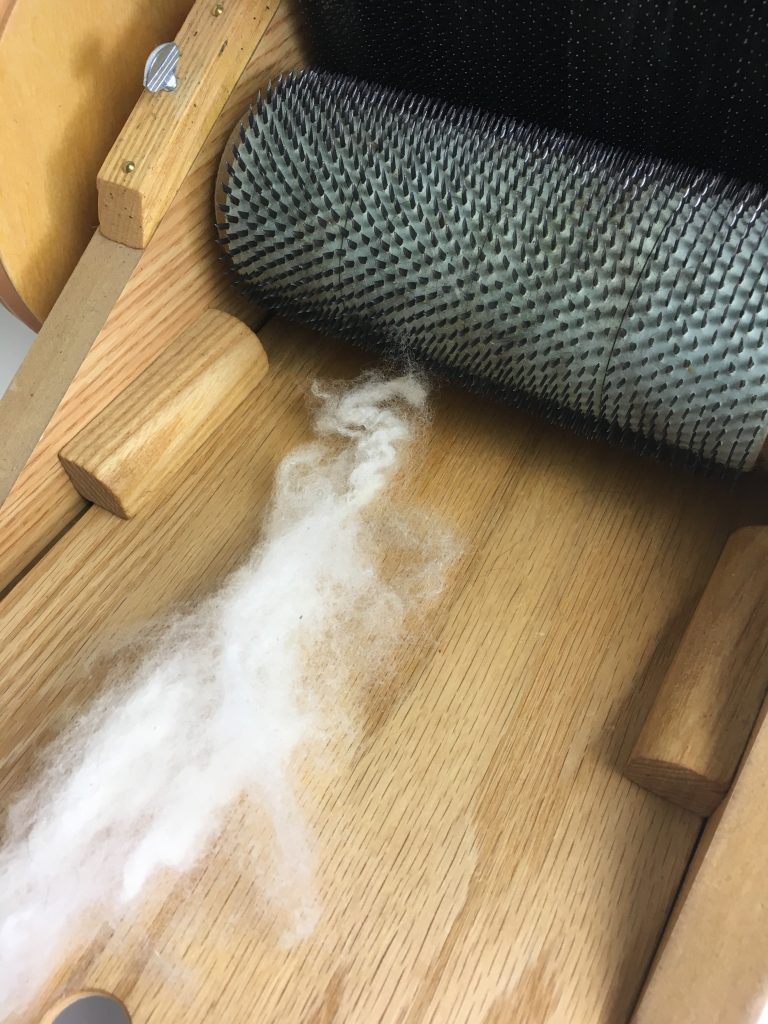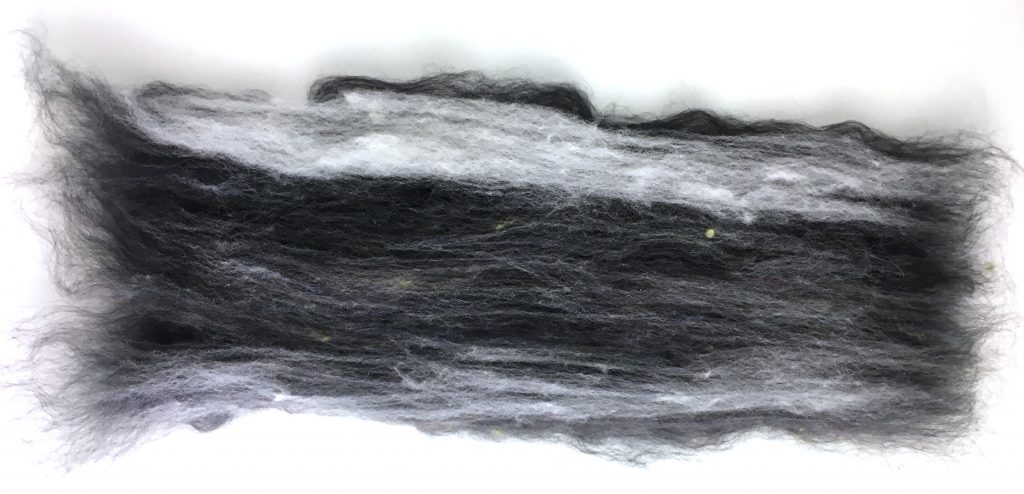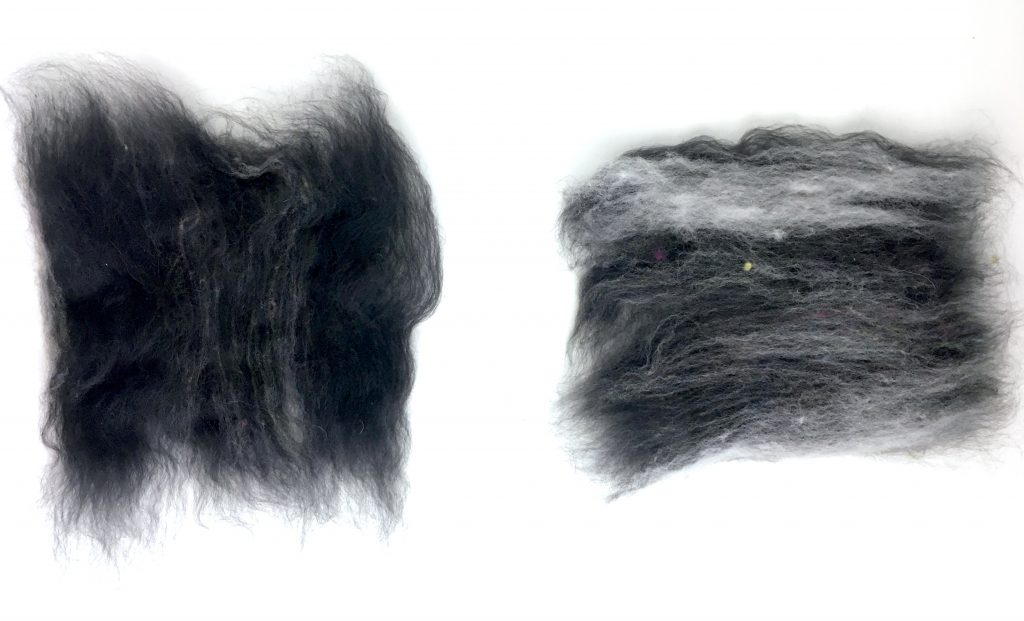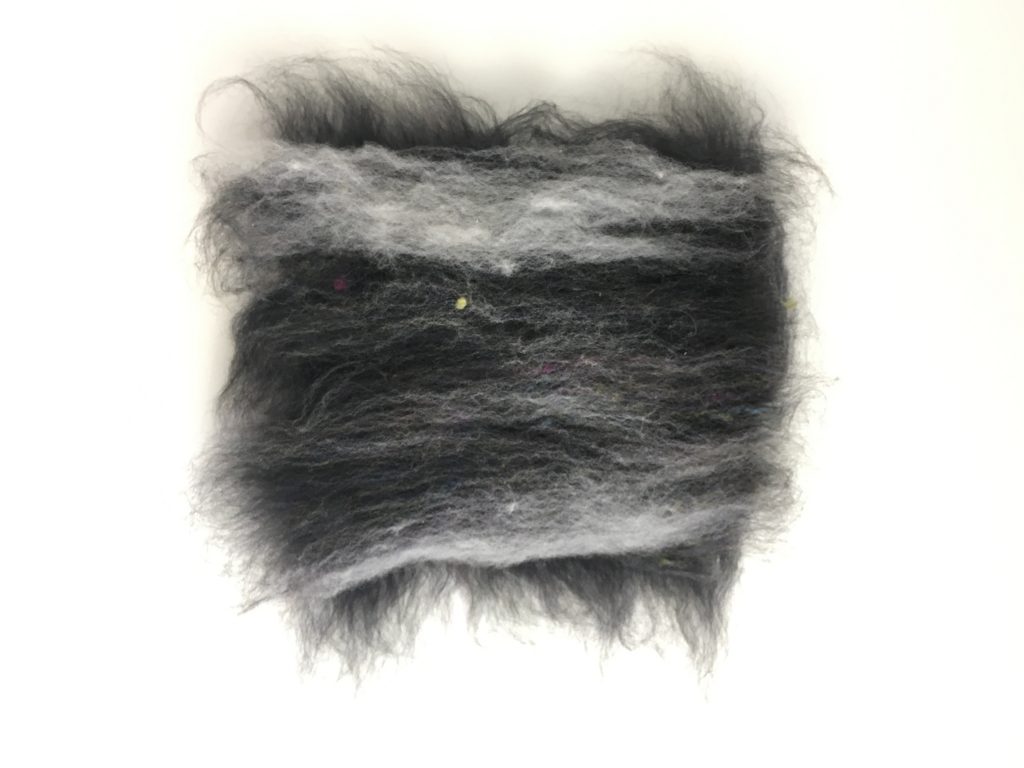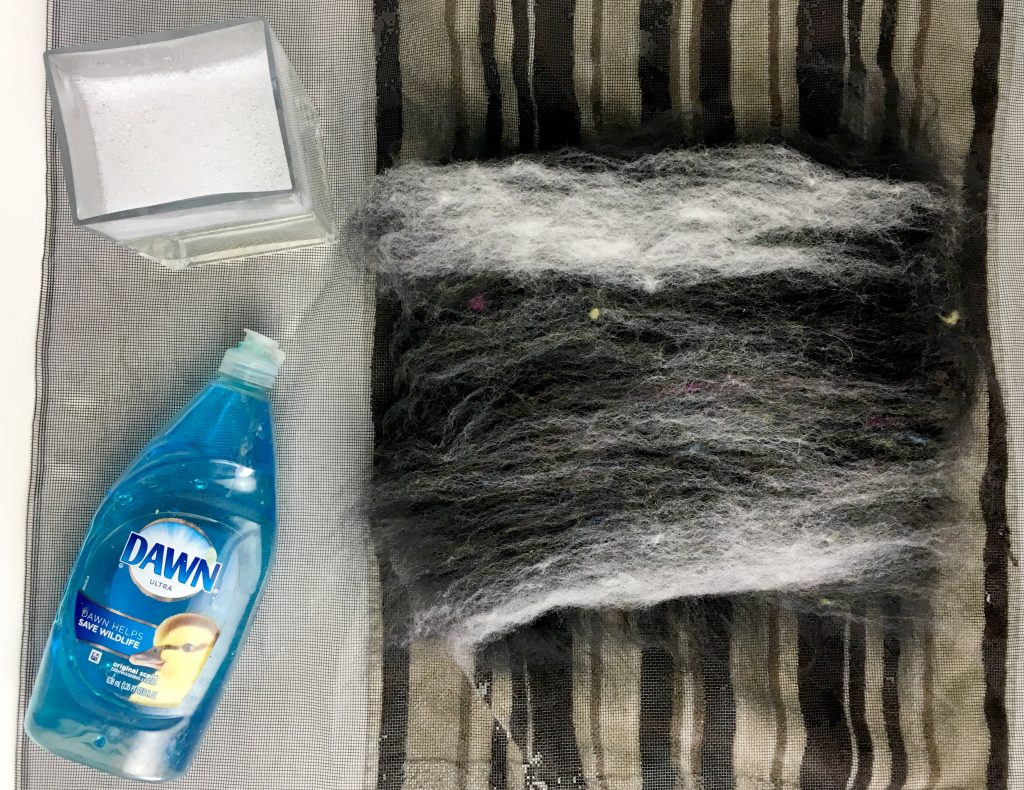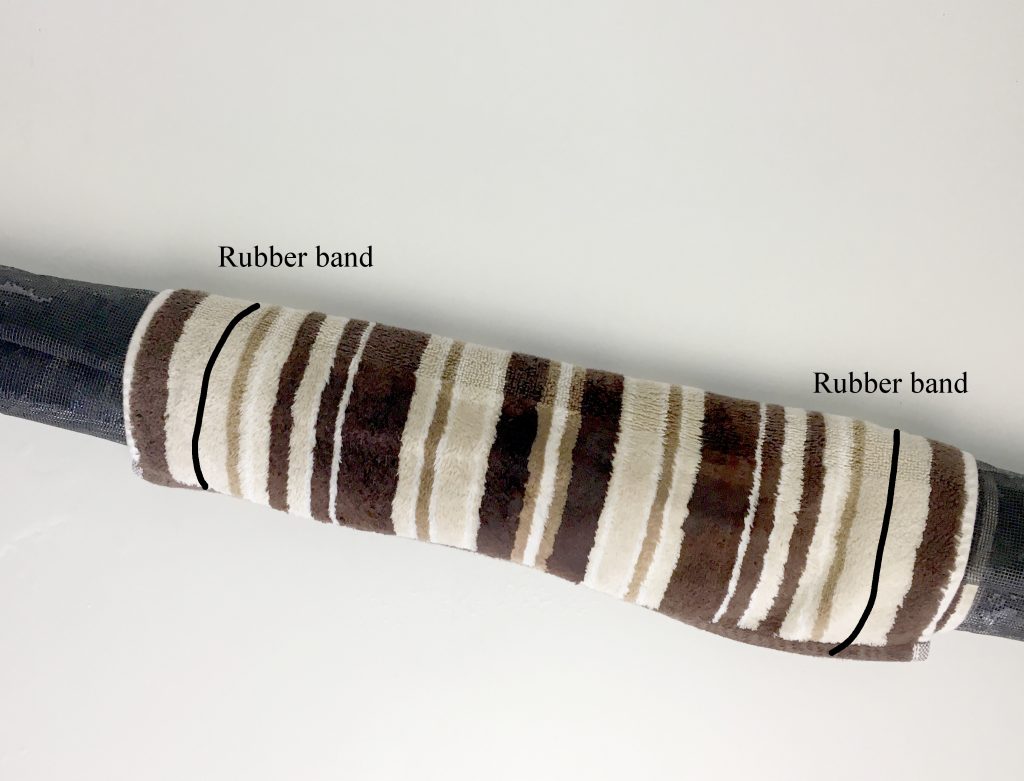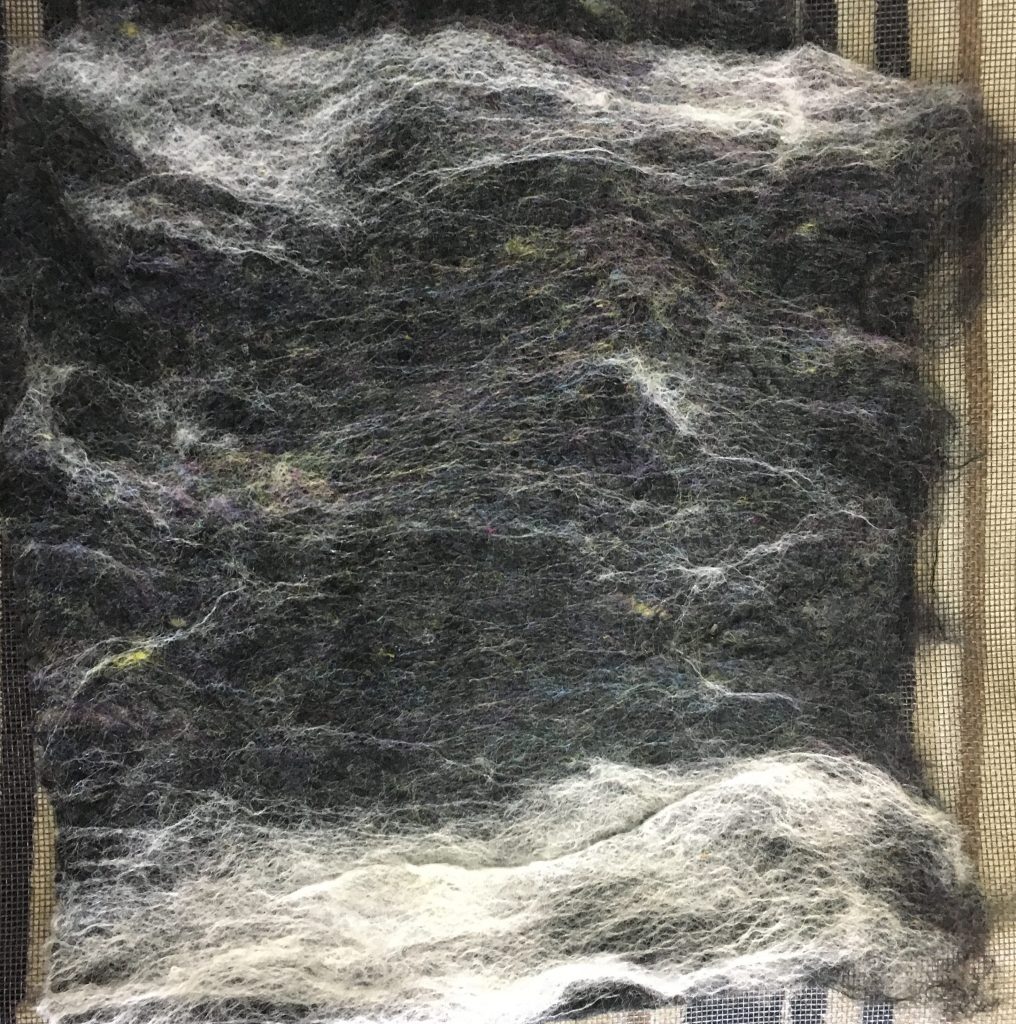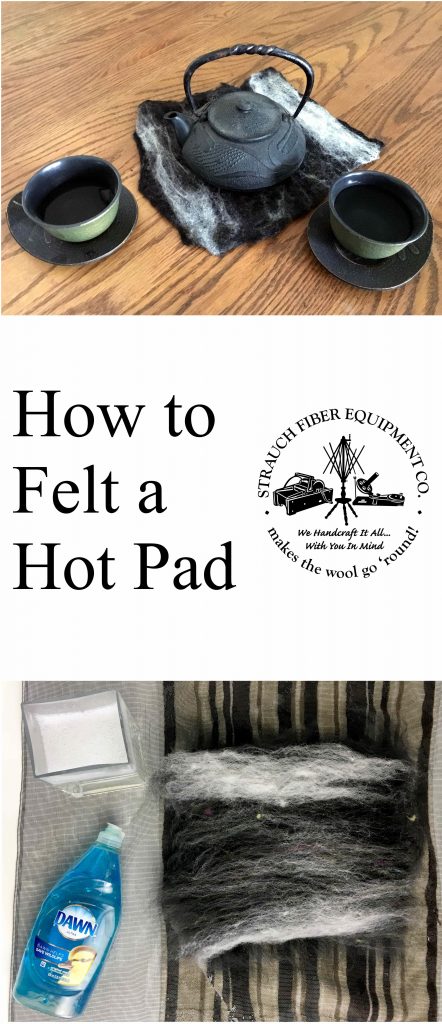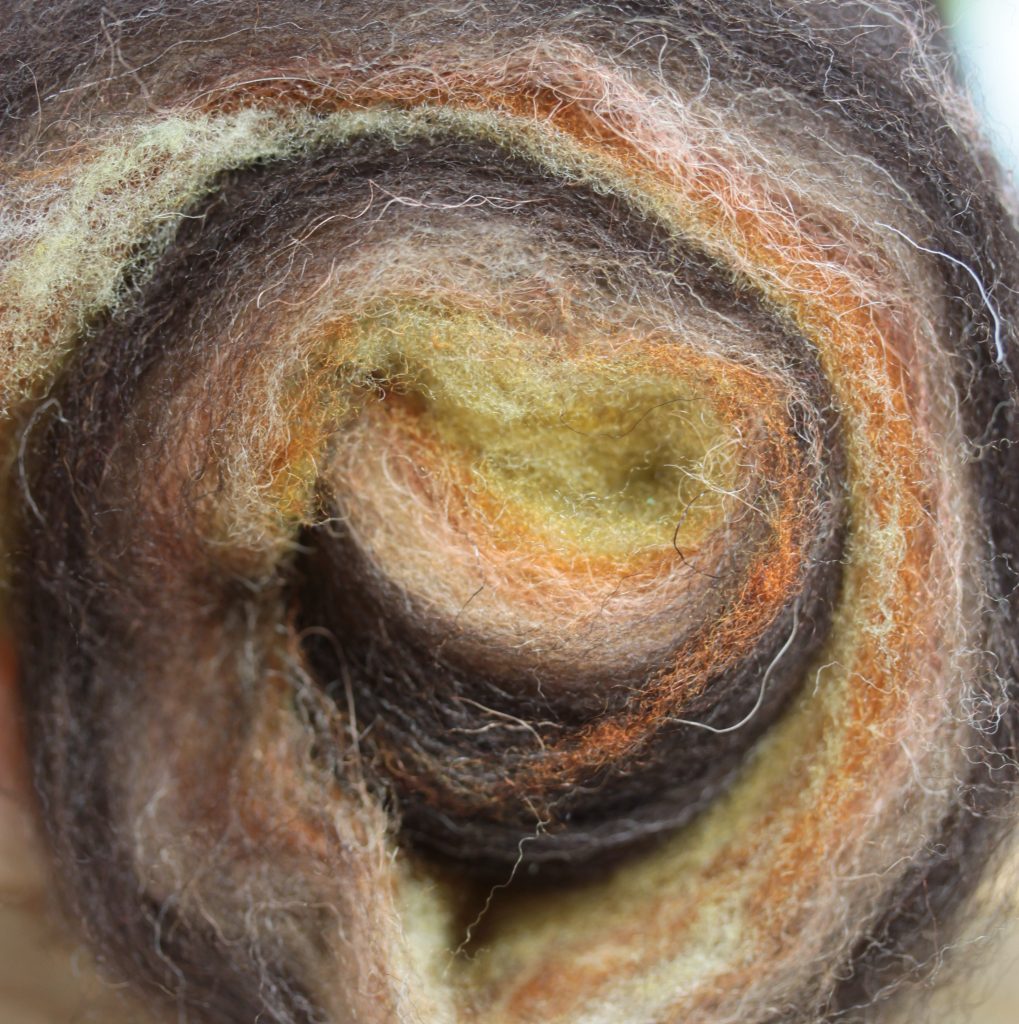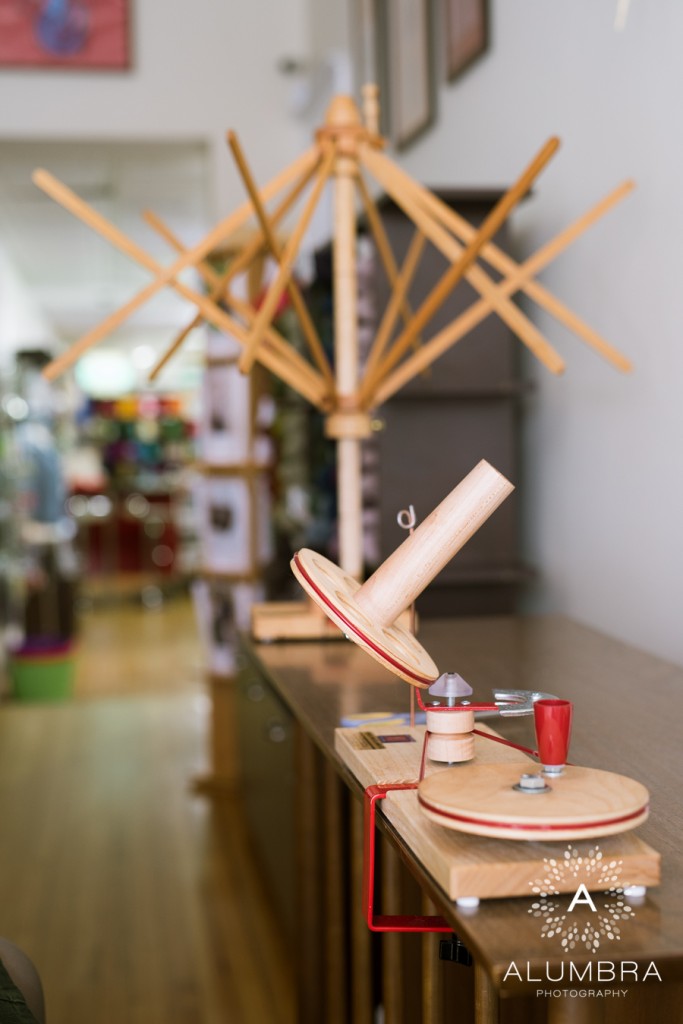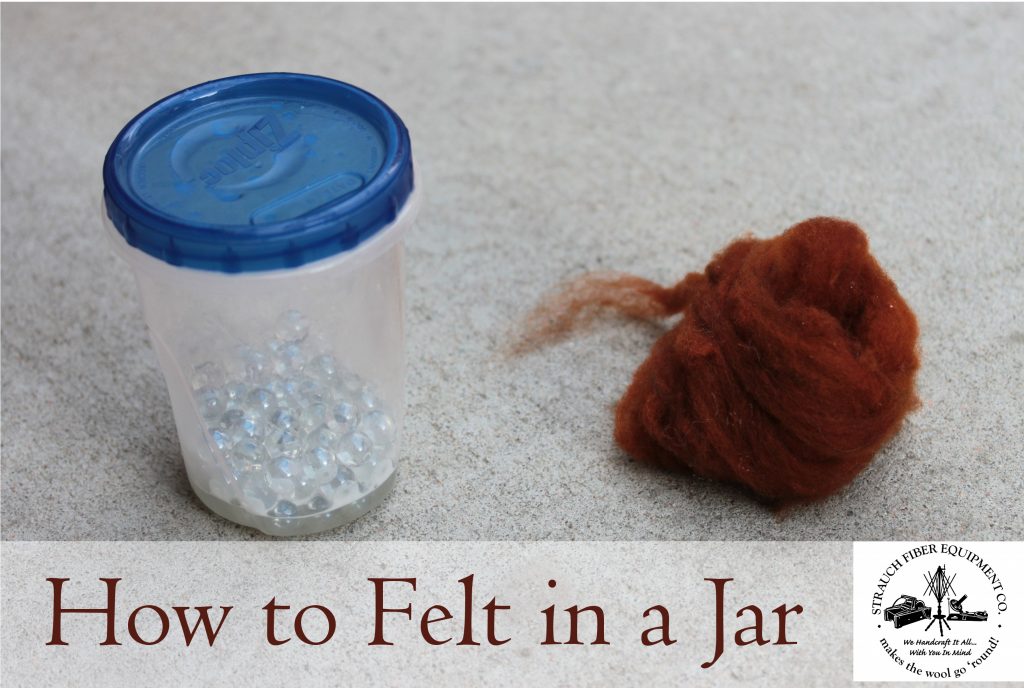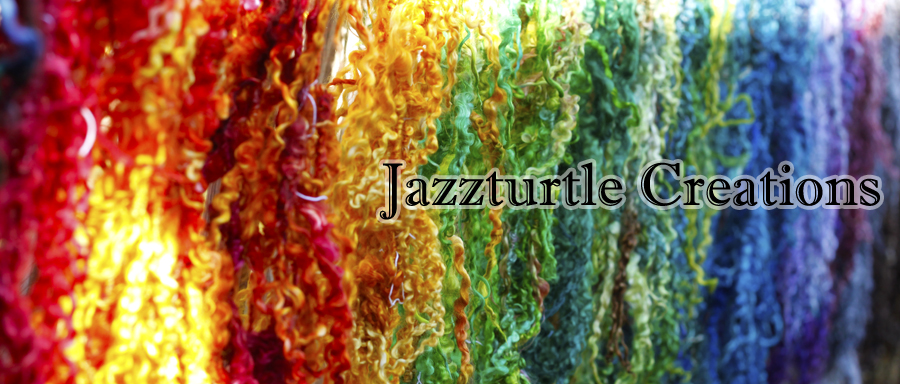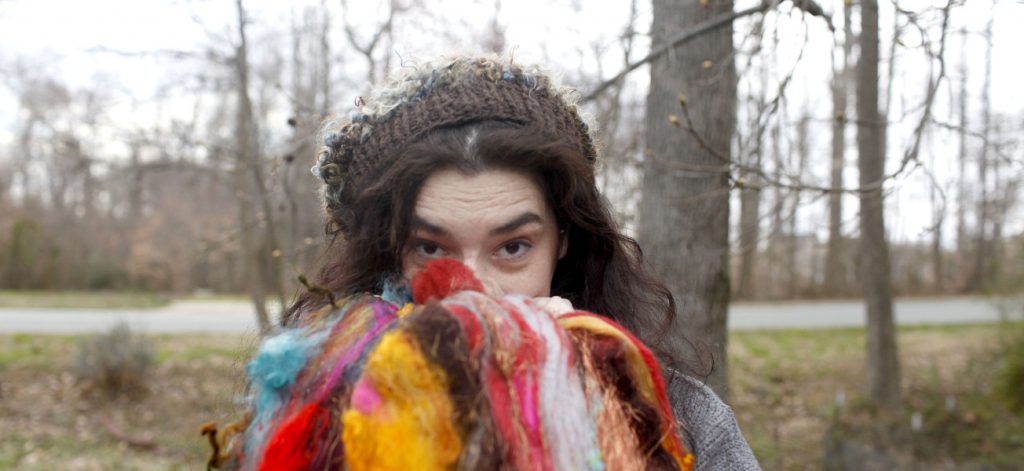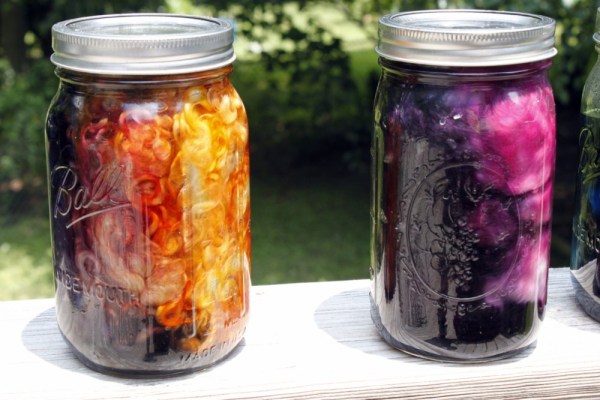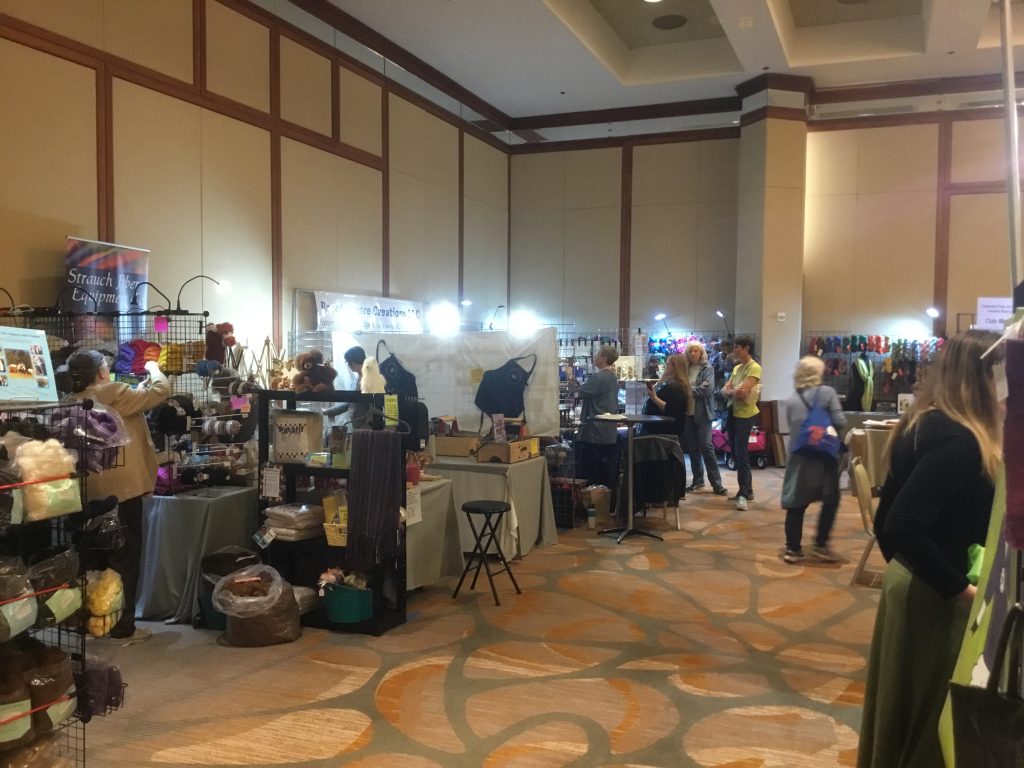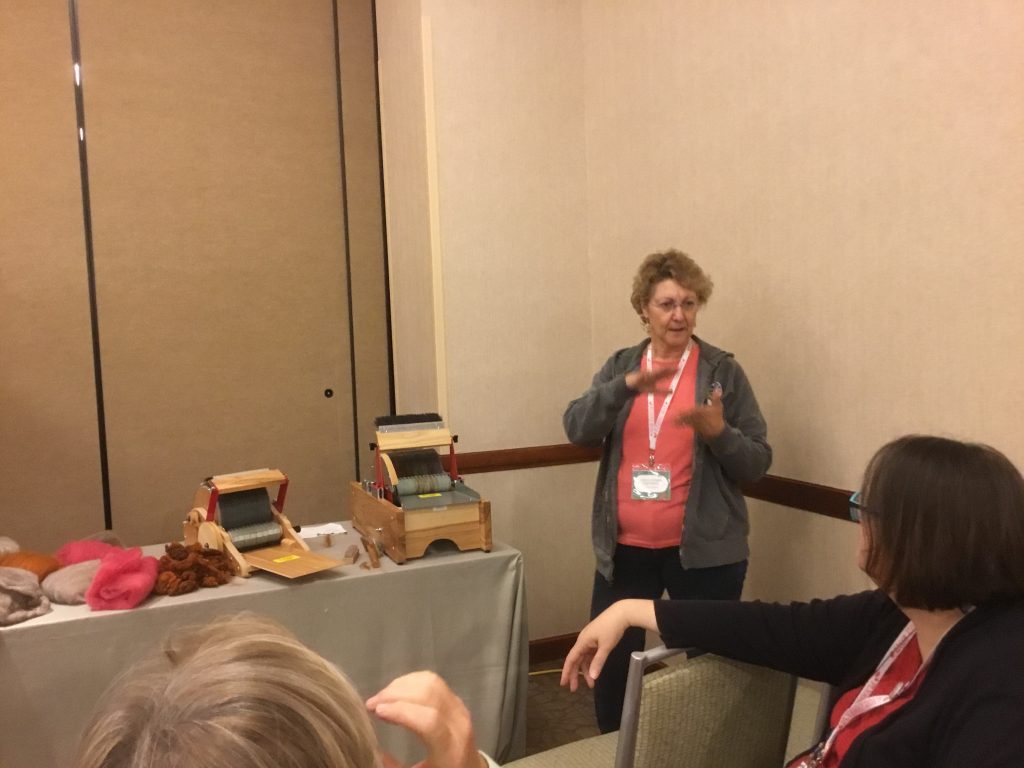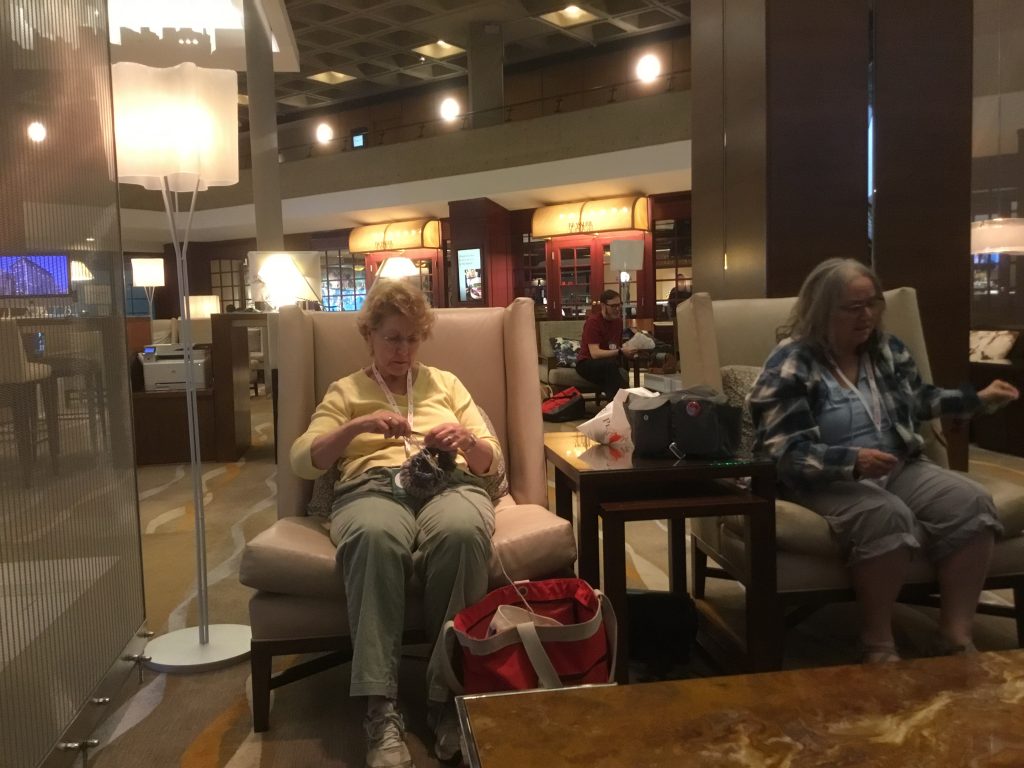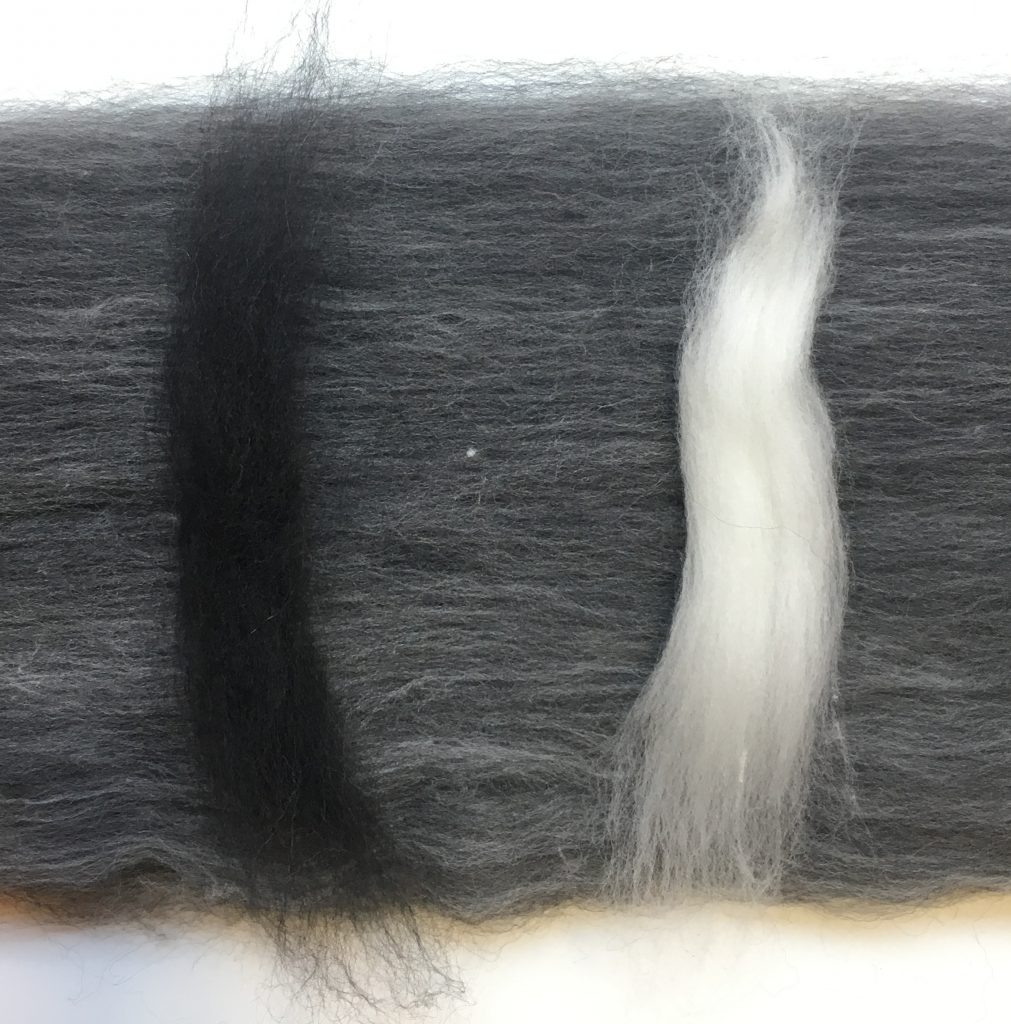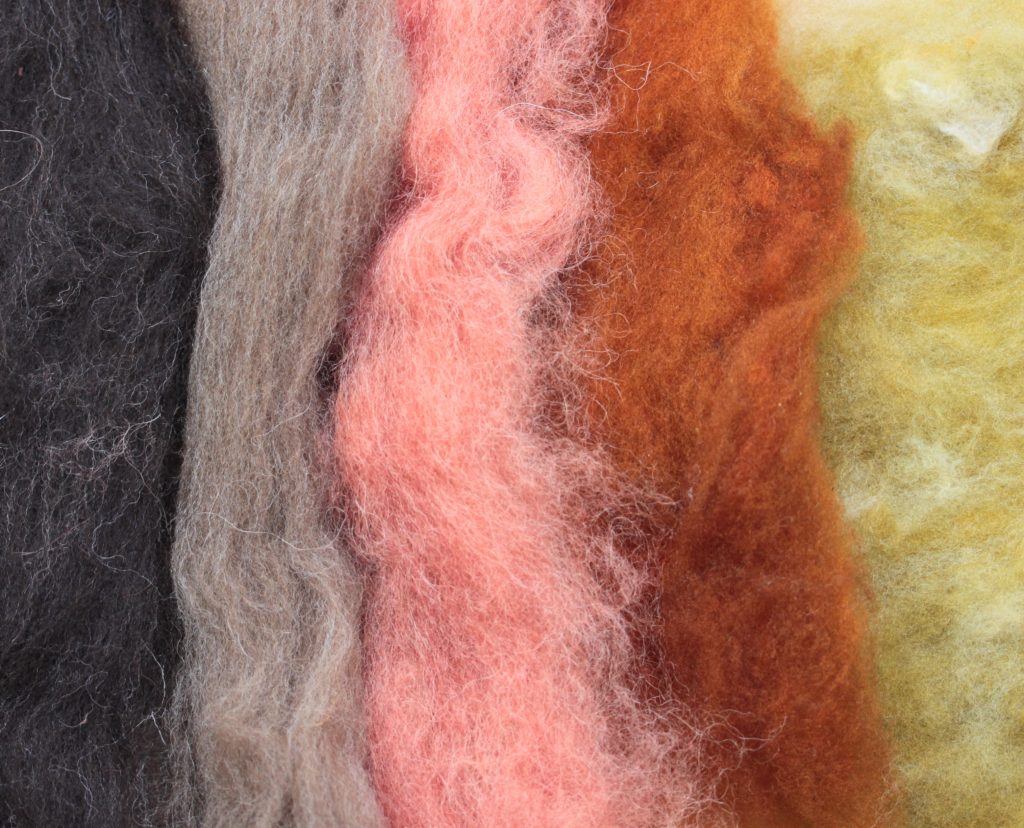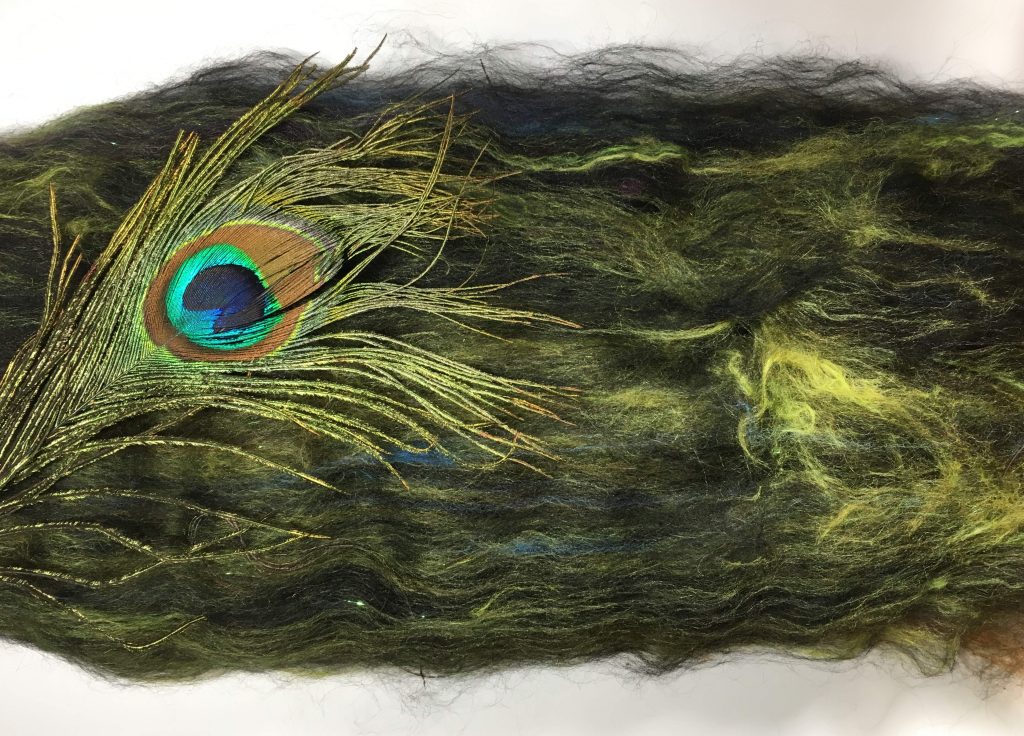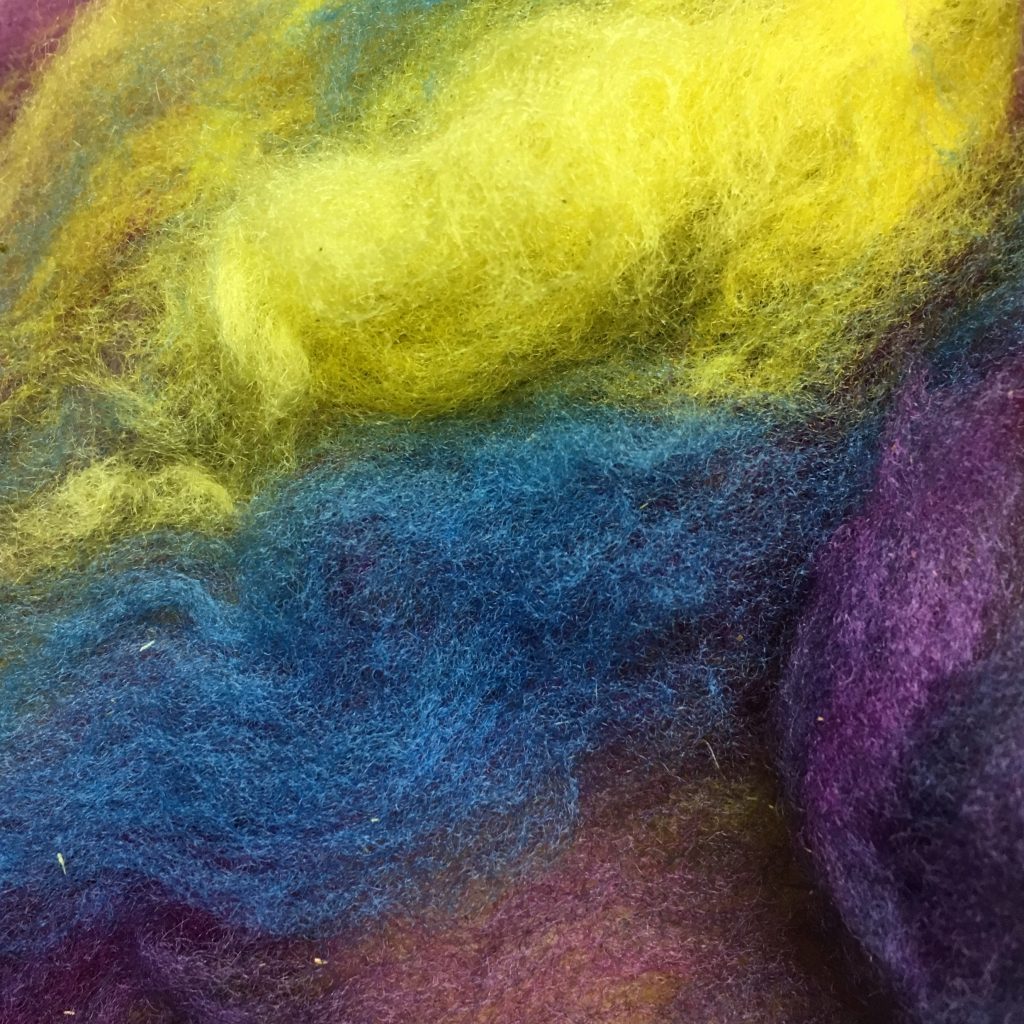When the air turns crisp and there’s pumpkin spice everything, you know it’s time to start playing with fluff and fiber! Some of our favorite events happen in the fall, and they’re a great place to find new inspiration to keep your creative juices flowing all season long.
Last month, we were at the Shenandoah Valley Fiber Festival, held at the Clark County Ruritan Fair Grounds in Berryville, VA from Sept 24-25, 2017.

The Welcoming Tent was ready to help vendors and attendees, and there were plenty of enticing booths filled with fibers, yarns and other wonderful things.



The fleece judging competition is always worth checking out:

And visiting the animals whose fleece & fiber we enjoy so much also tops the list!
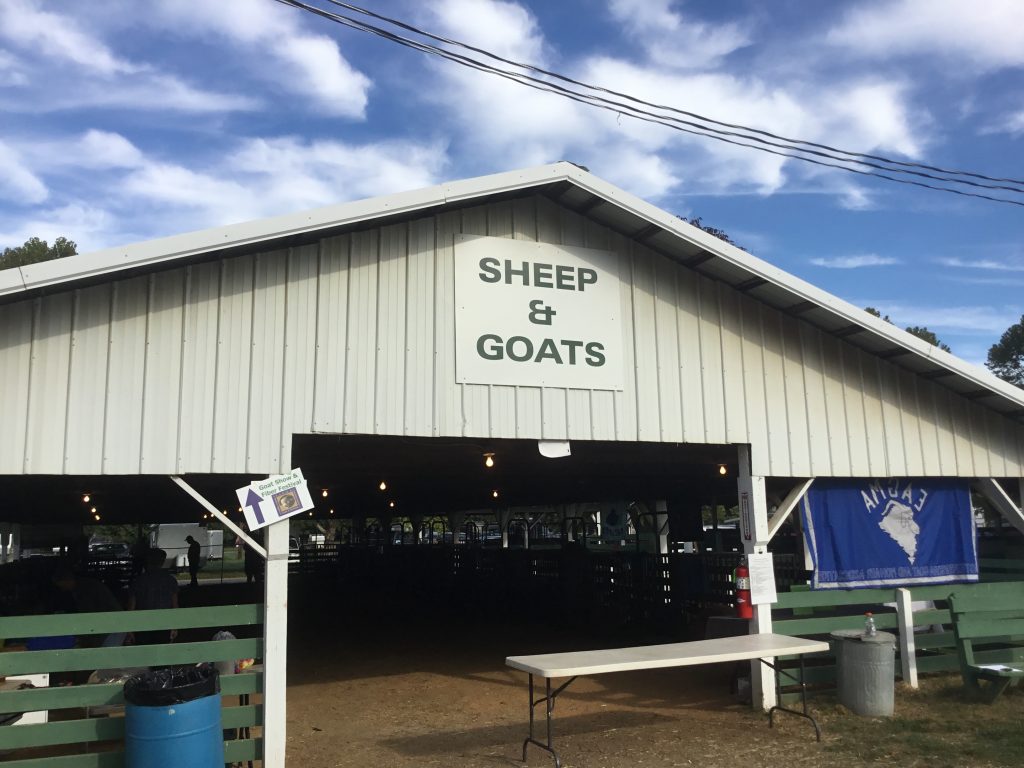
Don’t forget to take a lunch break!
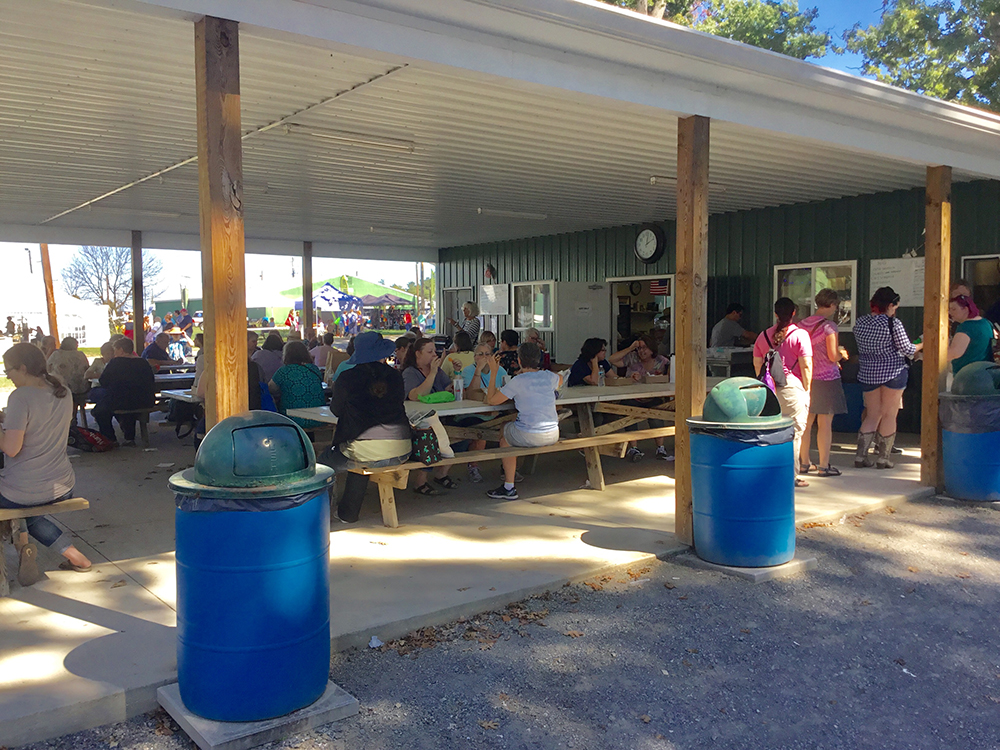
We managed to snap this photo of Joanne in our booth, ready to show visitors how to use our products before the gates opened for the day:

Our next event was the Fall Fiber Festival, which is held every year on the first weekend in October at James Madison Montpelier in Virginia.

There’s a bit of nostalgia near the entrance to the fair grounds – does anyone recognize this sign? Any guesses on what the name of this company is today?

This time, were were fortunate to have a dry, grassy field for lots of vendor tents…and lots of fiber enthusiasts, too!


Of course, there’s plenty of eye-catching yarns and fibers to be found:

…but there’s also animals:

…and fiber tools:

…and general crafts:

We are also ready!

Folks want to see how beautifully our tools operate, and we are always delighted to comply.

We have two more fiber shows for 2017, the New York Sheep & Wool Festival (also known as Rhinebeck) and the Southeastern Animal Fiber Fair (SAFF) – click here for more details on our site. We hope to see you there – be sure to stop by our booth to say hello or ask for a free demo. Feel free to also share a photo on Instagram using the #strauchfiber hashtag in your post!
There’s one more recent event that we’d like to highlight: each year, we sponsor a Spinzilla Team called Team Strauch’s Knotty Ladies, and this lovely group of fiber enthusiasts spends the week of Spinzilla spinning beautiful yarns! While the results of this year’s event have yet to be announced, here are the photos submitted by each team member to show off their handiwork from another successful week of spinning. Congratulations are also in order for crossing the finish line, we appreciate all of their hard work!
